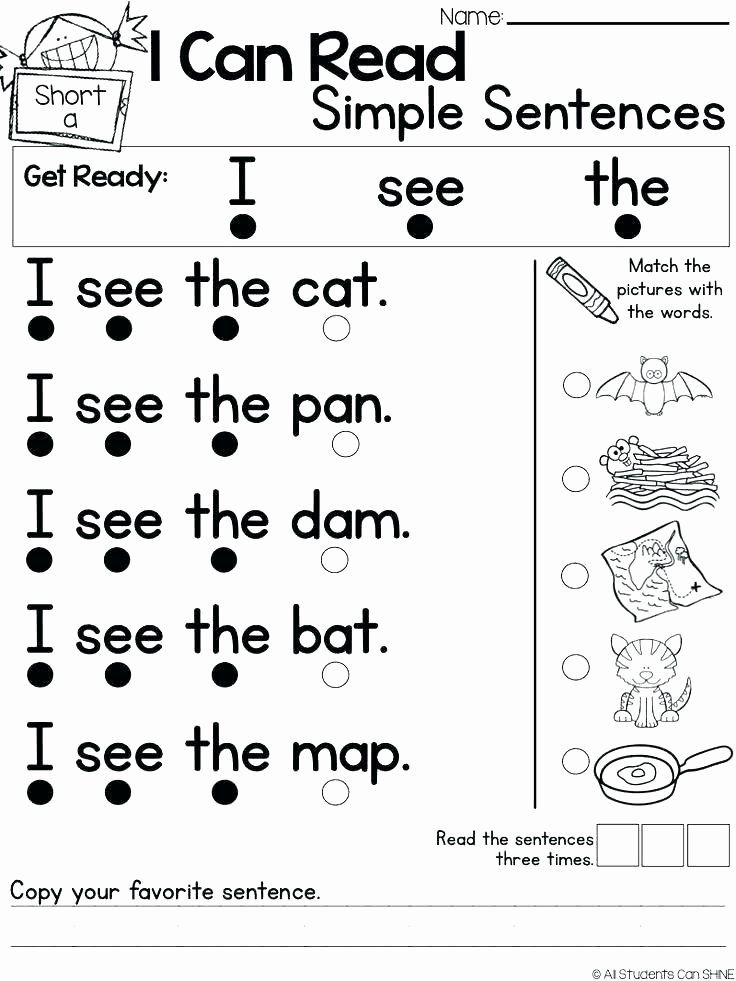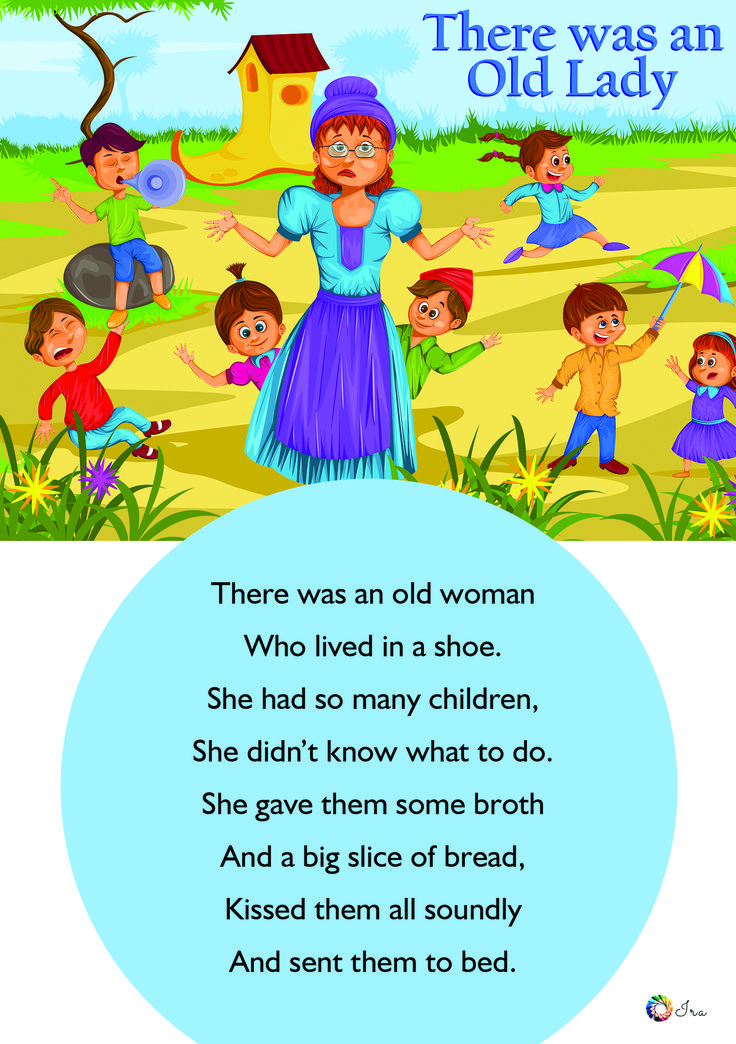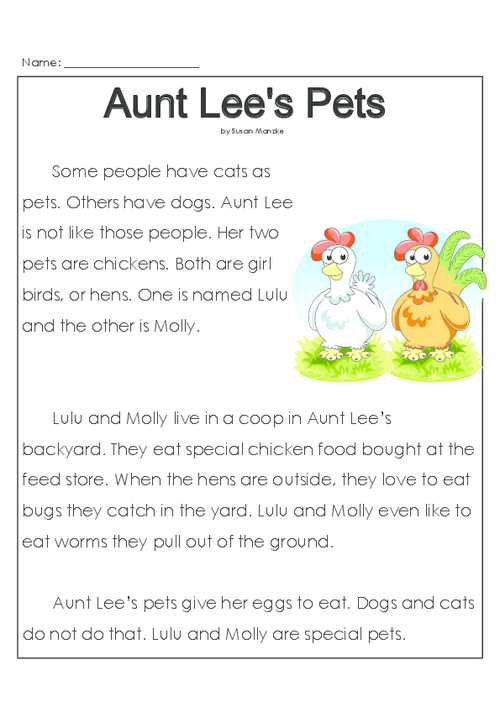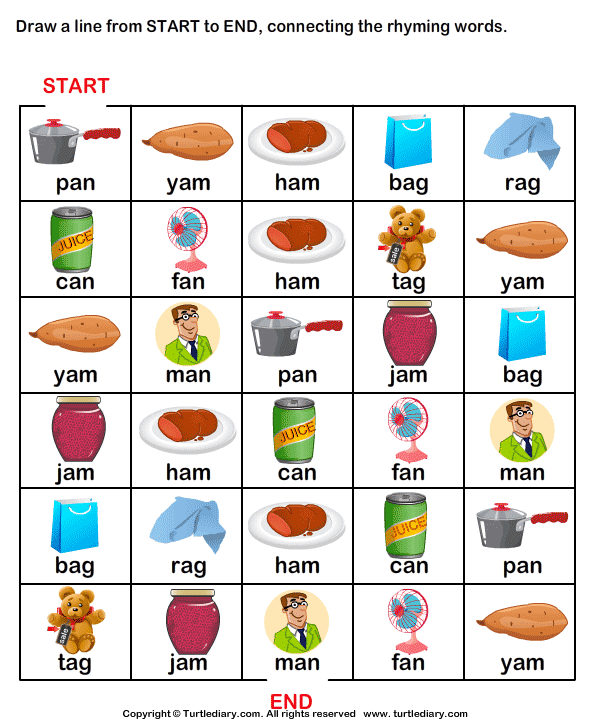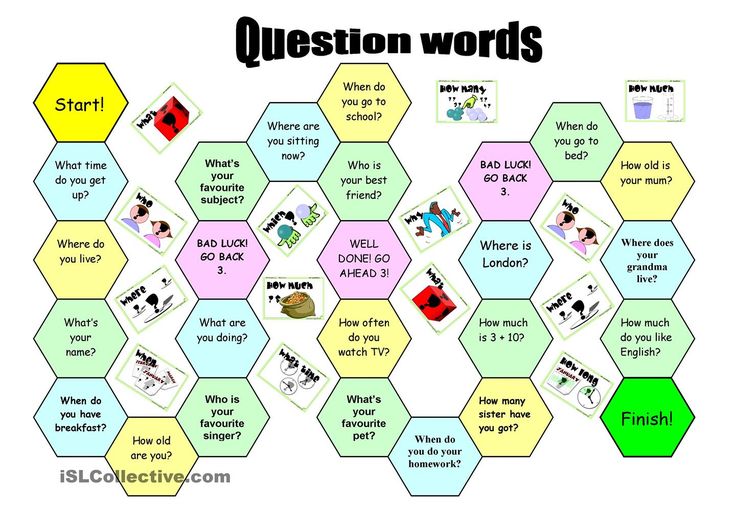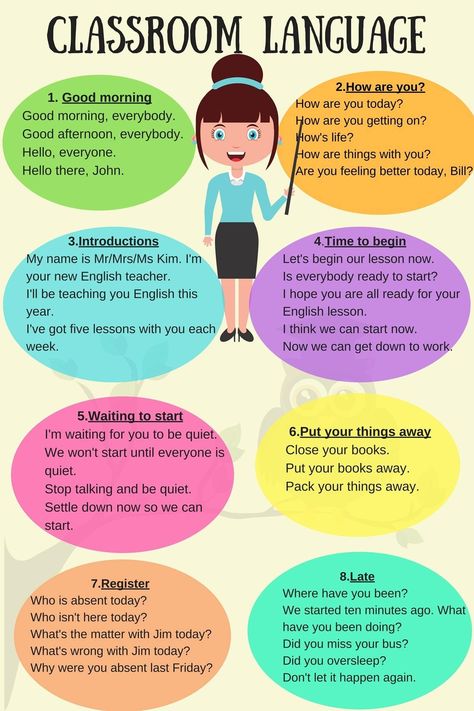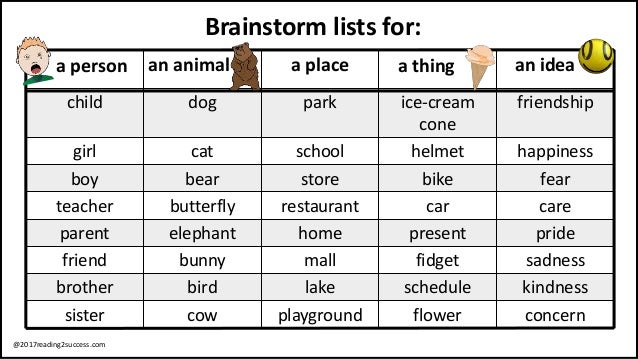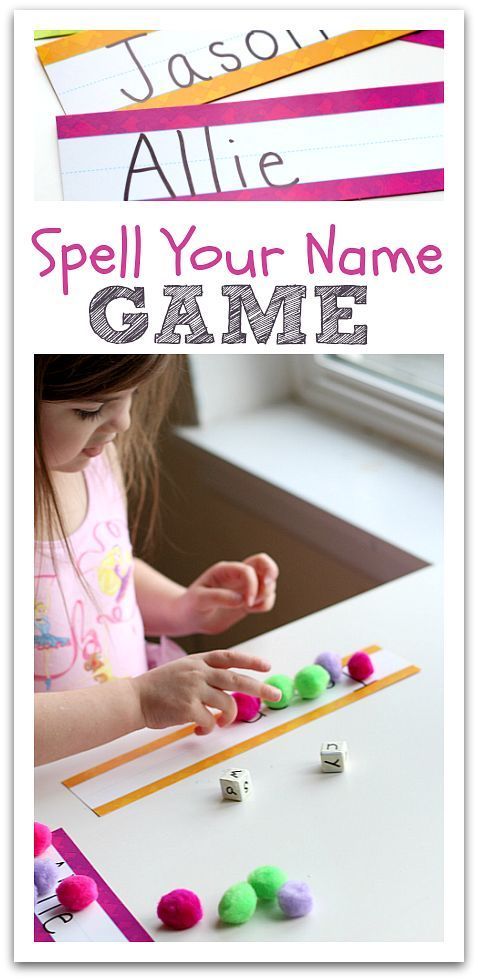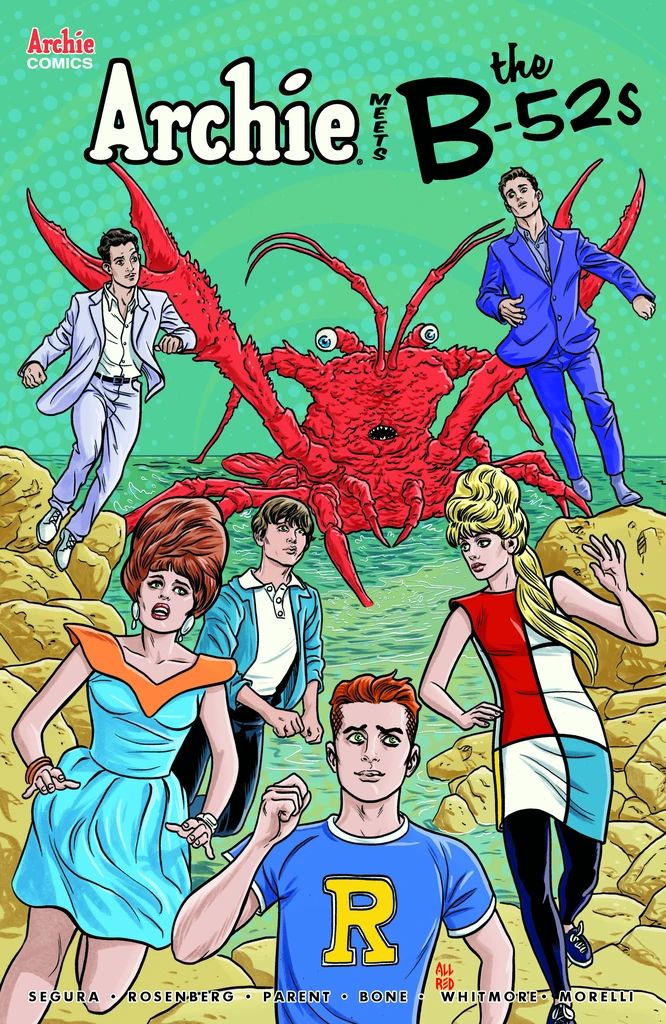Reading readiness kindergarten
10 Reading Readiness Skills for Kindergarten Kids
As the parent of a soon-to-be kindergartener, you might be a bit astounded by the reading goals your school has set for your child. Today's parents are often shocked when they come to school for orientation and see what's on the docket when it comes to reading. What happened to a full day of crayons? What happened to unlimited time in the sand box?
Download Article
Without a doubt, the skills taught in kindergarten today look more like the skills taught in first grade a decade or two ago, especially when it comes to reading. But fret not, because these high reading expectations for young students are accompanied by very strategic teaching methods, and a meticulous progression of skills that build upon one another. Your child can meet the reading goals set by his teacher, especially if he's on track when he first enters kindergarten. So, is he?
While every teacher and school has their own set of “prerequisites,” there's a set of general reading expectations that most teachers share, when it comes to kids entering kindergarten. Before entering kindergarten, a student well prepared for reading should be able to:
- Read her name
- Recite the alphabet
- Recognize some or all of the letters in the alphabet
- Correspond some or all letters with their correct sound
- Make rhymes
- Hold a book right side up with the spine on the left, front cover showing
- Recognize that the progression of text is left to right, top to bottom
- Echo simple text that is read to them
- Recognize that text holds meaning
- Re-tell a favorite story
If your child is not quite steady in all of these areas, don't panic! Every child enters kindergarten at a different level and teachers expect a huge variation in the skills each student brings. They're trained to optimize success for each individual, no matter what. According to Lesley M. Morrow, Ph.D. and Distinguished Professor of Literacy at Rutgers University in New Jersey, one of the main reasons kindergarten reading is taught in small groups, is so teachers can easily cater to different levels of reading readiness.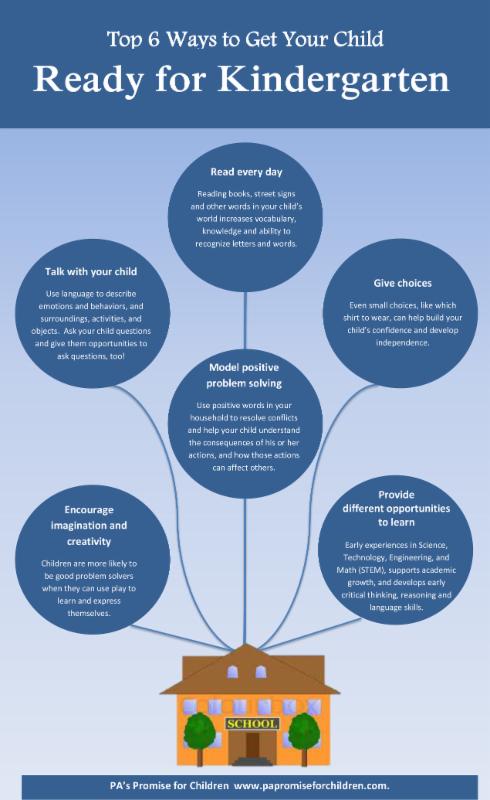 More advanced readers can be taught in a way that limits boredom, and more beginning readers at a pace that minimizes frustration.
More advanced readers can be taught in a way that limits boredom, and more beginning readers at a pace that minimizes frustration.
On top of utilizing small-group time, the teacher will "scaffold" the reading skills she teaches. In other words, reading skills will be taught in a systematic way that allows skills to build upon one another: The kindergarten year will start out strong with an intense teaching of letter recognition and sounds. This lends itself to beginning phonemic awareness skills, like sounding out words. Once a child can sound out simple words, teachers move on to showing them how to recognize patterns in words, such as rhyming, vowel/consonant patterns, and word families. If a kindergartener can recognize letters and sounds, use phonetic skills to sound out words, and use word patterns to figure out unknown words, she's ready to read sentences and simple books! Hold onto your hat as teachers move emerging readers on to this final, and very exciting, part of the learning process.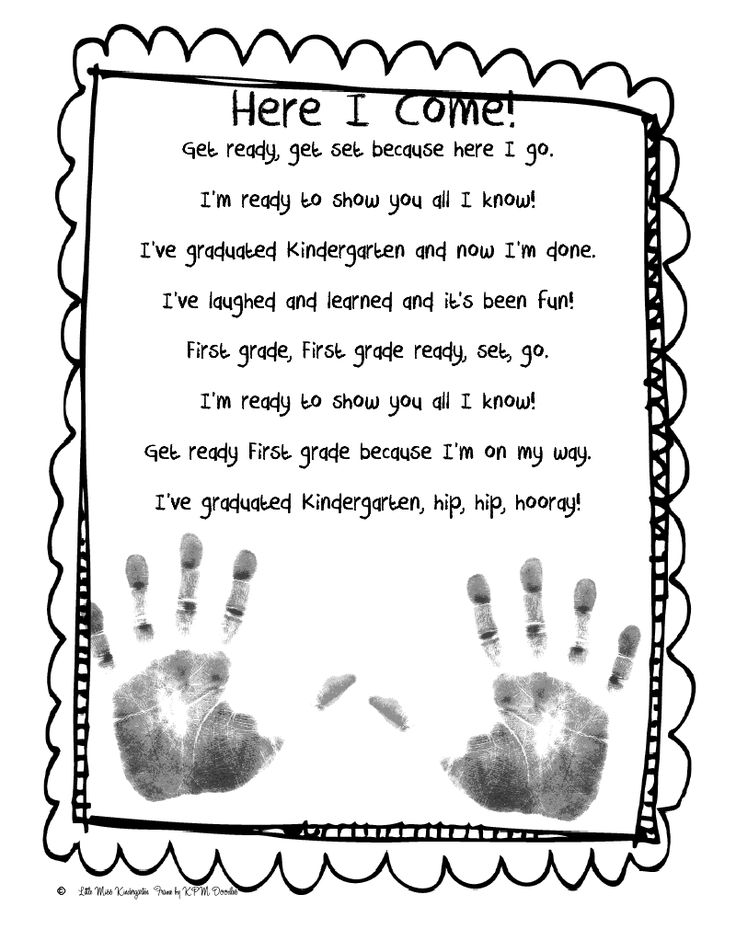
From there it's all a matter of reading as much as possible. So be sure to encourage your child to practice, practice, practice. Keep lots of books around and offer plenty of encouragement. Skill-building in preparation for your child’s first year of formal schooling is important, but it's even more important to foster a love for reading. By all means, play rhyming games with your child. Ask him to re-tell a story after you read it together. Practice reading words around the neighborhood, like stop signs, or logos. But if your little one experiences frustration, take a break, or rework your plan in order to get her buy-in.
Most of all, keep in mind that kindergarten-age kids are going through huge developmental changes. While some reading skills may seem impossible for your child to grasp one day, he may have them down pat the next. Therein lays the beauty of kindergarten!
So keep the pressure low, and the book list heavy. “If a parent loves reading and reads to their child, the child is likely to assimilate that behavior,” says Morrow.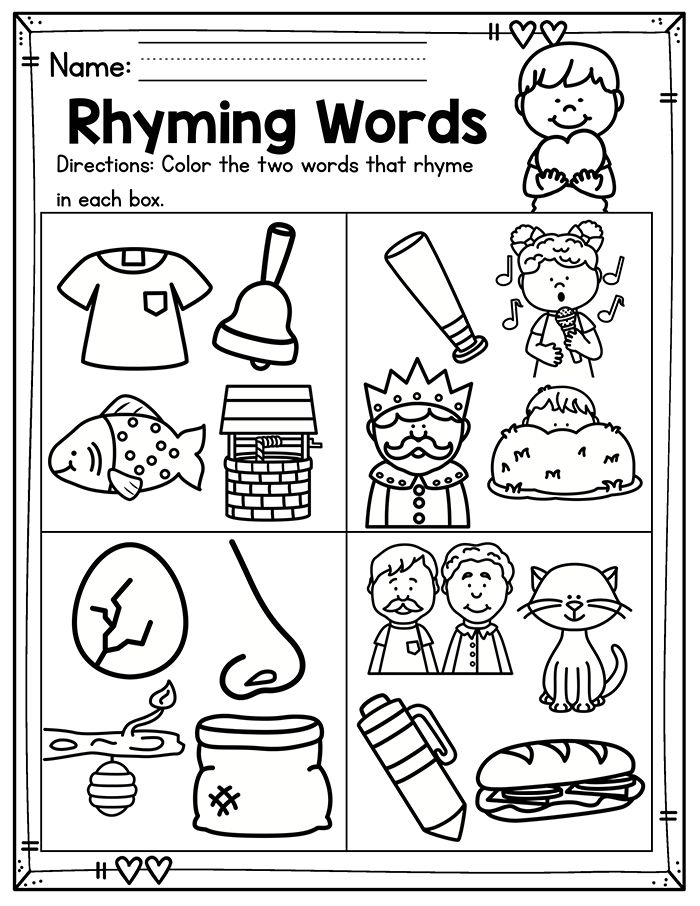 She suggests getting into a reading schedule—setting a specific time each day for reading, and talking afterward about what you’ve read together. The leap in reading from pre-kindergarten to first-grade-ready is huge. But keep those books in hand, and have confidence that your little reader will progress steadily as he builds his skills, one on top of the other.
She suggests getting into a reading schedule—setting a specific time each day for reading, and talking afterward about what you’ve read together. The leap in reading from pre-kindergarten to first-grade-ready is huge. But keep those books in hand, and have confidence that your little reader will progress steadily as he builds his skills, one on top of the other.
Check out Education.com's kindergarten activities page for tons of ideas on how to work skill-building into playful activities. The more fun you make things, the more eager she'll be to participate.
Next Article: Grooming Green Thumbs (and Green Eaters!)
14 Things You Should Know About Reading Readiness
As parents and teachers, we often wonder if our children are on track for reading. It is a common belief that once a child has learned letter names and their corresponding sounds they must be ready to learn to read.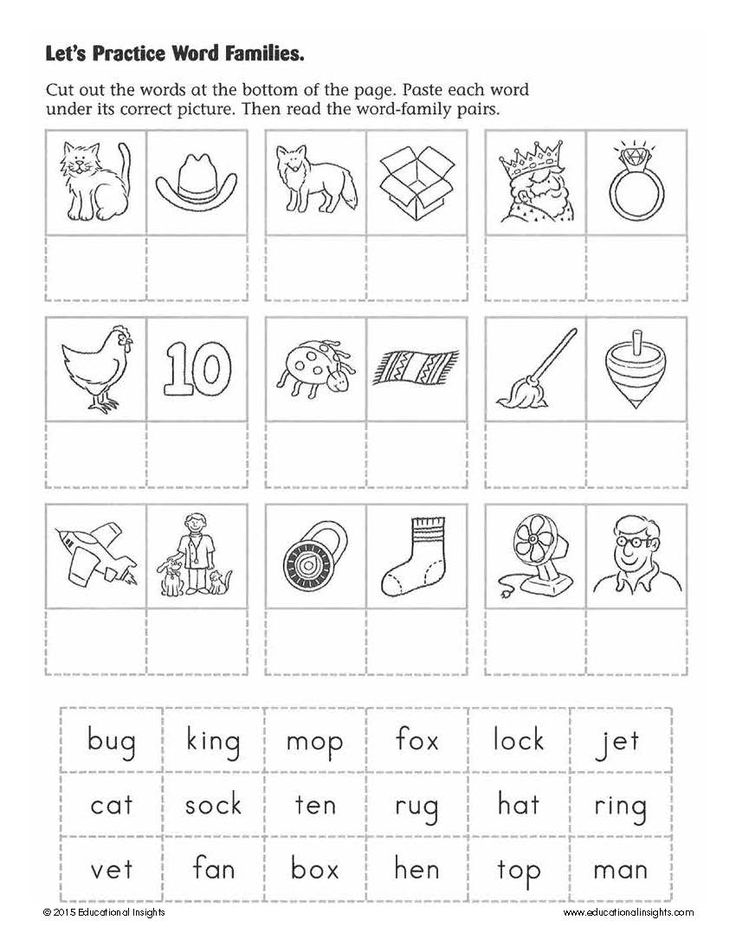 This can be true, but not always. There are many more signs we can refer to when trying to determine if our child is ready to read. Check out these 14 things you should know about reading readiness!
This can be true, but not always. There are many more signs we can refer to when trying to determine if our child is ready to read. Check out these 14 things you should know about reading readiness!
*For even more resources to support early learners, be sure to grab our Emergent Readers MEGA Bundle!
14 Things You Should Know About Reading Readiness
Let me start by sharing that reading readiness isn’t just about literacy skills. Reading readiness actually covers a set of competencies. These are often forgotten about when considering if reading should be the next step of instruction.
4 Competencies to Determine Reading Readiness
- Social Development – Social development is important to reading because children need to know how to take turns, cooperate, and develop self-control before learning to read. This is because a large part of reading instruction involves activities and short discussions where a child needs to have such skills.
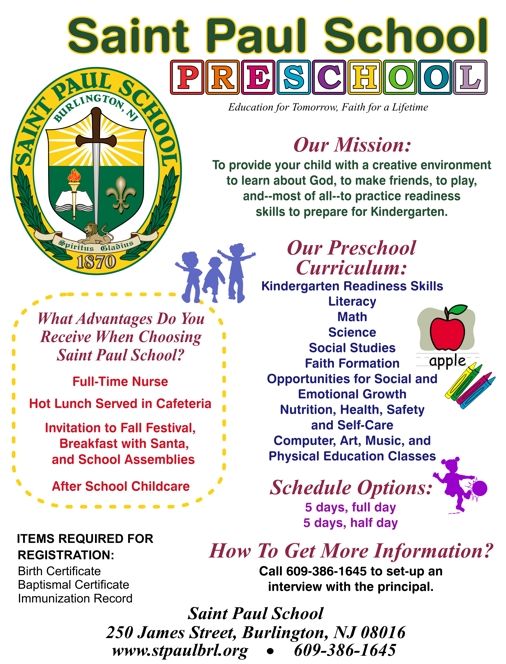
- Emotional Development – Before learning to read, children need to have a good self-concept and an understanding of how they fit into their world.
- Physical Development – Children need to have strong bodies that can support sitting since that tends to be the preferred position for reading a book. Children also need to have the fine motor skills that accompany writing and page turning.
- Cognitive Development – In the case of reading readiness, children need to have a cognitive level where they can both visually and auditorily discriminate between letter shapes and different letter sounds. Visual discrimination includes the ability to see likenesses and differences among letters. For example, being able to differentiate between the letters L and T, a and o, or 6 and 9. Auditory discrimination means that a child can hear the difference between /f/ and /v/ sounds. Or they can hear the difference in ending in the words ‘cap’ and ‘cat’.
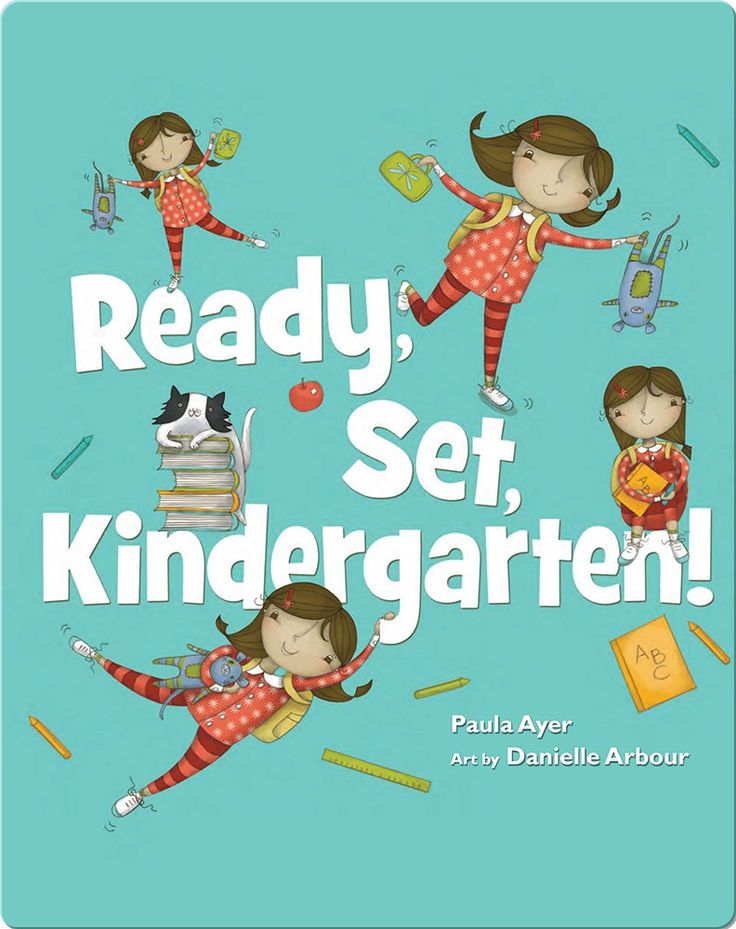
10 Signs of Reading Readiness
The importance of a child’s overall development is not mistakenly very, very important to a child’s success in learning how to read. In fact, if you have a struggling reader, it could be due to the lack of social, emotional, physical, or cognitive development, or the lack of one of the following:
- Your child has an interest. Not even the best reading programs, even those designed specifically for an individual child, can replace an interest in learning to read.
- Your child likes to retell stories. Have you ever noticed your child “reading” a familiar book by reciting memorized words? That is a good thing. So is making up stories during pretend play.
- Your child can read her own name. Children are naturally drawn to their names, and once they get to the point where they can read their own name and differentiate it from others in a group, your child is getting closer to learning how to read.
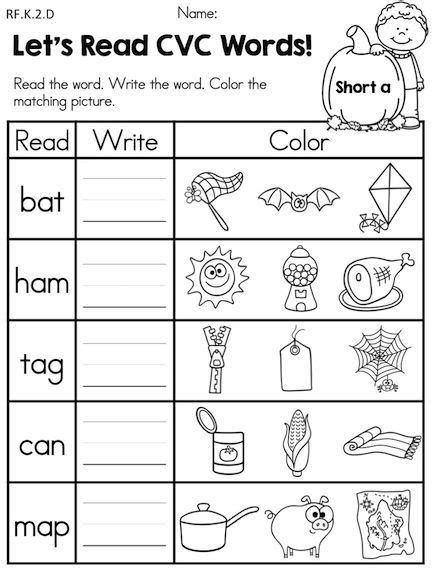
- Your child can play with language by making rhymes. Rhyming is one of the first indicators of reading readiness. This is because much of phonics instruction deals with manipulating language, which also relates heavily to writing.
- Your child knows how to handle a book properly. This means that when offered a book, your child can find the cover and hold it right-side-up. It also means that they understand books are read from left to right and that we only turn one page at a time.
- Your child can hear parts of words (like syllables) and sounds (like /c/ /a/ /t/ in cat) in words. Phonological awareness (like clapping and counting syllables) and phonemic awareness (like hearing each sound in a word) help students when they begin to look at letters and sound out words.
- Your child understands that text has meaning. After all, that is the purpose of reading, to gain information. For example, if a child saw his name written out he understands that name refers to him.
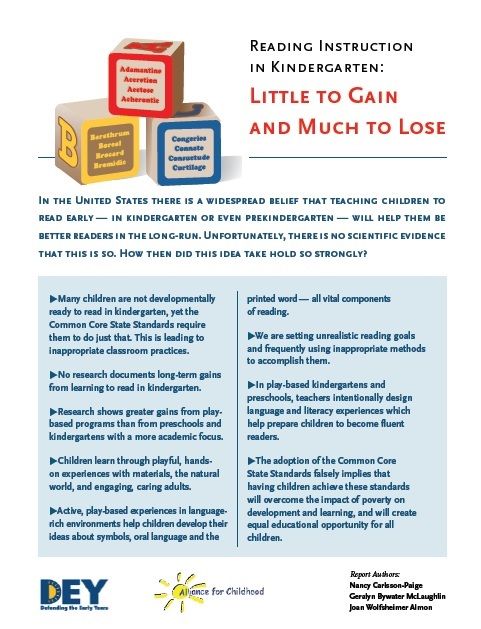 It is not his friend or his favorite snack.
It is not his friend or his favorite snack. - Your child can recite the alphabet. Whether it’s singing the ABC song or just saying each letter from memory, knowing the alphabet is an important step toward reading readiness.
- Your child can identify and name some or all uppercase and lowercase letters. This is important because individual letters make up words to be read and written.
- Your child can correspond some or all letters to their correct sounds. This is necessary for decoding, the act of sounding out words.
- Your child can echo a simple text that is read to them. Doing so demonstrates the child’s understanding of one-to-one correspondence in reading. That means that each word on a page corresponds to a word that is read.
Is Your Child Ready to Read?
Now that’s a great question, isn’t it? While the above may seem like prerequisites for entering kindergarten, do not worry if your child does not do all of those things.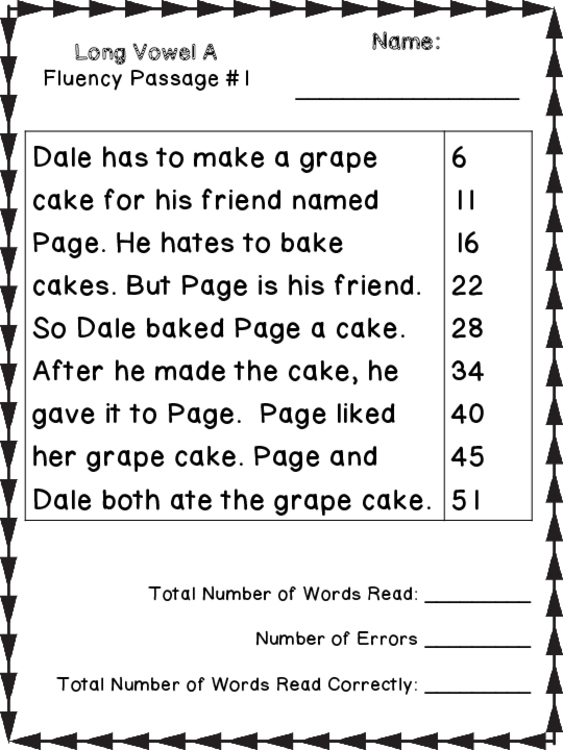 Children enter kindergarten at different stages of development. And a good kindergarten teacher understands the variation and range of abilities entering the classroom. And, kindergarten teachers are trained to optimize student success!
Children enter kindergarten at different stages of development. And a good kindergarten teacher understands the variation and range of abilities entering the classroom. And, kindergarten teachers are trained to optimize student success!
If you find your child has most of the skills mentioned, he may be ready to learn how to read. But don’t be frustrated if it is a slow process or surprised if it is an easy process. Children also learn to read at different rates.
***As we continue to learn about the Science of Reading, we want to be up-to-date so that our articles are research-based. This post has recently been updated to be Science of Reading aligned.***
Guest post by Sarah from Stay at Home Educator
Want unlimited access to even MORE teacher support, activities, and resources?Then be sure you request your invite so that you can be the first to hear when the doors open again for our Print and Play Club!
With instant access to hundreds of printables by topic and skill (no more scouring the internet!), every TKC resource, video lessons, a digital games vault, “Super” Sunday Surprises, and much more – your planning time just got easier.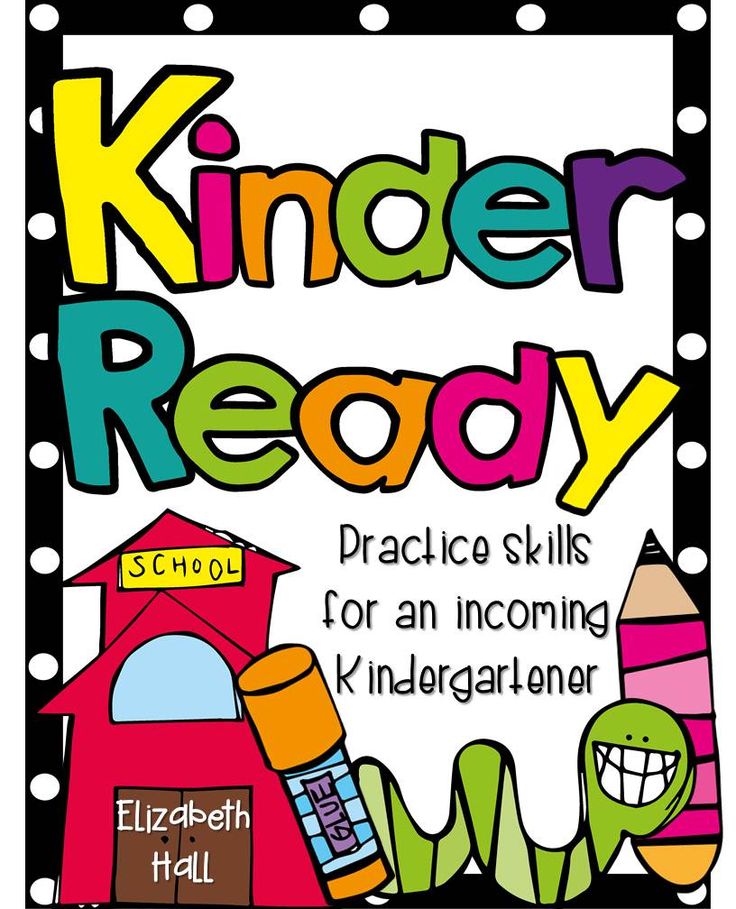
- Author
- Recent Posts
Sarah
Sarah is an educator turned stay at home mother of four. She has taught a wide range of levels, from preschool to college. She blogs at Stay At Home Educator, a website dedicated to providing creative activities and tools for teaching in early childhood. She loves Krav Maga, mountain biking, and cooking. See more over on Stay at Home Educator.
Latest posts by Sarah (see all)
About Sarah
Sarah is an educator turned stay at home mother of four. She has taught a wide range of levels, from preschool to college. She blogs at Stay At Home Educator, a website dedicated to providing creative activities and tools for teaching in early childhood. She loves Krav Maga, mountain biking, and cooking. See more over on Stay at Home Educator.
Reader Interactions
Teaching children to read
Every parent thinks about the importance and role of reading in the life of their children, who cares about their harmonious, correct and holistic development.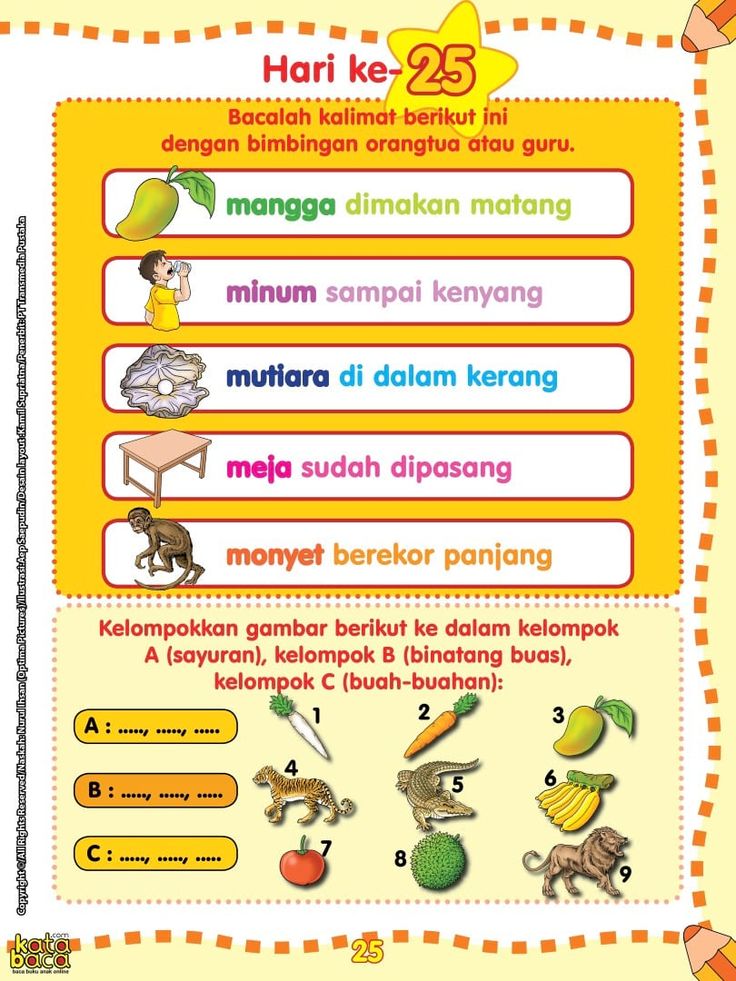 But if in some families it’s enough for moms and dads to simply send their child to a kindergarten or school, shifting, but it doesn’t sound loudly, the responsibility on the shoulders of educators and teachers, then in others, caring parents prefer to work with kids on their own.
But if in some families it’s enough for moms and dads to simply send their child to a kindergarten or school, shifting, but it doesn’t sound loudly, the responsibility on the shoulders of educators and teachers, then in others, caring parents prefer to work with kids on their own.
The information from this course is intended specifically for people of the second category, because those who belong to the first category are unlikely to search the Internet for relevant information. But let's continue. nine0003
Despite the great desire to teach your precious child to read as soon as possible, this process should be approached with maximum attention and caution, because there are subtleties and nuances that simply cannot be ignored. The fact is that contrary to popular belief that the sooner you start learning the basics of reading with your child, the better, many specialists (neurologists, child psychologists, etc.) are convinced that this can lead to negative consequences in the future.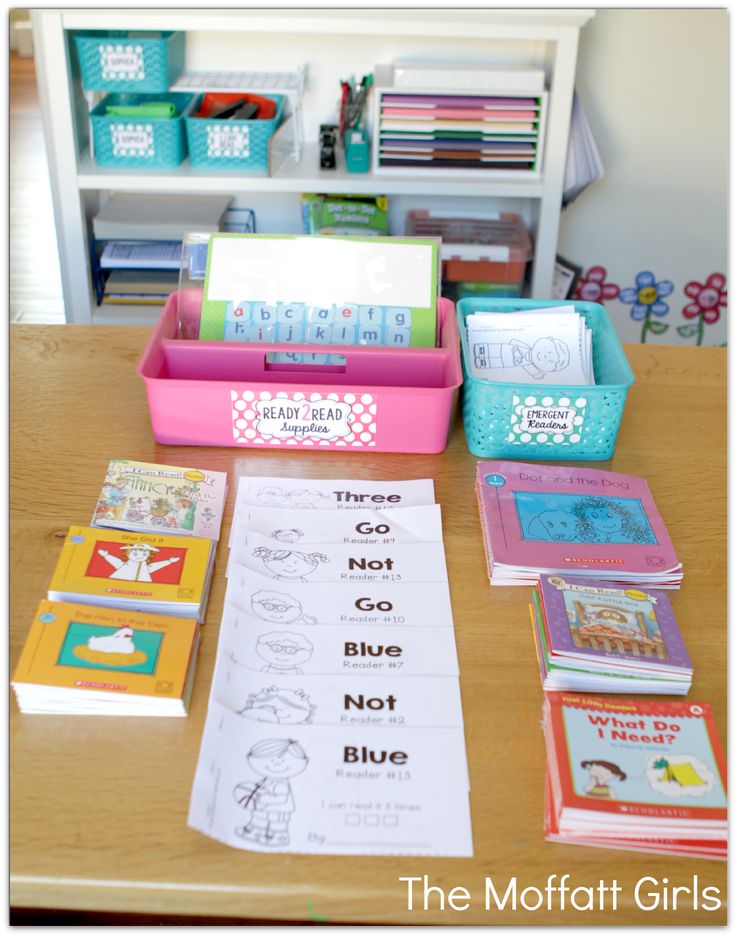 For example, early learning to read with the accompanying premature stress on the visual apparatus often causes myopia and other vision problems. nine0003
For example, early learning to read with the accompanying premature stress on the visual apparatus often causes myopia and other vision problems. nine0003
Thus, it is very important to know at least the basic features of the formation of the child's body, when to start teaching children to read and how their readiness for this process is determined, as well as to adhere to the basic relevant rules. These fundamental questions will be considered by us in the first lesson.
Contents:
- How a child is formed. General information
- When can I start teaching my child to read nine0015 A few words about the correct teaching of reading
- Basic rules for teaching a child to read
- A few additional recommendations
- Reading quotes from famous people
How a child is formed. General information
Here, as it should be understood, we will present only general information, because it will be sufficient.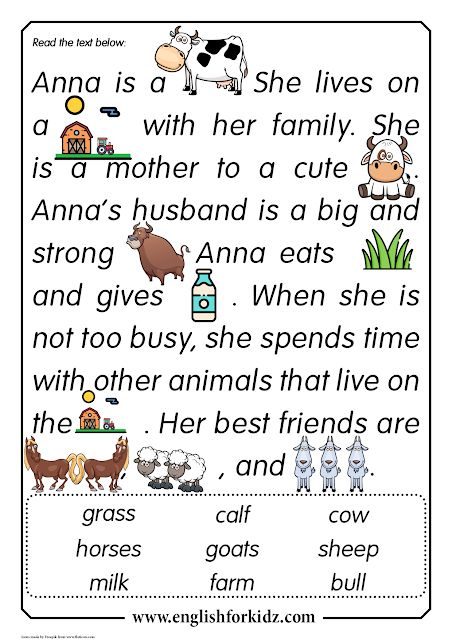
So, starting from the early stages of pregnancy and ending with the age of three, the first functional block of the baby's brain is formed, which is responsible for his bodily, cognitive and emotional perception. nine0003
From three to five or eight years of age, the formation of the second functional block of the brain takes place, which controls the five senses - touch, taste, smell, hearing and vision.
It should be borne in mind that the formation of the functional blocks of the brain is a sequential process. Any attempt by a parent to “skip” any stage negatively affects the development of the child, which is inherent in nature, because. unnatural "adjustments" are made to it. The insidiousness of the consequences lies in the fact that, quite likely, they will not affect immediately, but after years. Subsequently, an already matured child may have problems that are expressed not only in speech disorders, neuroses, motor failures, etc., but also in difficulties in relationships with people around them. nine0003
nine0003
Based on this, it is necessary to start teaching a child to read at a certain time.
When to start teaching a child to read
There are several opinions on when to start teaching a child to read. Some experts believe that it is possible to start certain work, for example, showing Doman cards (we will talk about them and other methods in the second lesson), already after the baby reaches six months of age, while others believe that it is best to start at 3-4 years old , and from the primer. However, all teachers agree on one thing: no teaching of reading is completely unacceptable and impossible until the child has mastered speech skills. If, somewhere around the age of 3-4, the baby begins to take an active interest in books, it is not only possible, but also necessary, to start learning to read. nine0003
It is also worth noting that if you show restlessness and indifference to printed materials before learning, you should understand how to arouse the child's interest in reading.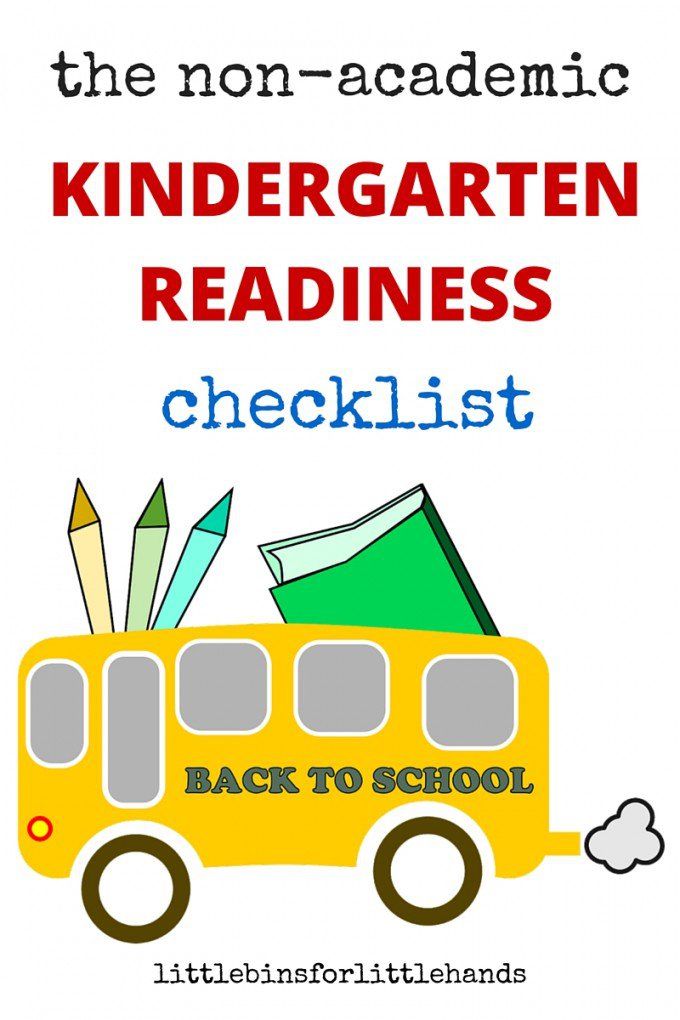 We will touch on this issue in more detail in a separate lesson, but nevertheless we will say that an incredible selection of books will help parents solve this problem, which, in addition to brightness and colorfulness, have many moving elements and even sound accompaniment. Thanks to this, reading becomes not only an interesting activity for children, but also an exciting game. At the initial stage, any book serves not so much as a source of knowledge, but as a way to get involved in the very process of reading. nine0003
We will touch on this issue in more detail in a separate lesson, but nevertheless we will say that an incredible selection of books will help parents solve this problem, which, in addition to brightness and colorfulness, have many moving elements and even sound accompaniment. Thanks to this, reading becomes not only an interesting activity for children, but also an exciting game. At the initial stage, any book serves not so much as a source of knowledge, but as a way to get involved in the very process of reading. nine0003
Continuing the conversation about the readiness of the child to read, it can be determined by several signs:
- Firstly, the baby has already formed speech, and he is able to pronounce words and sentences, as well as compose at least small coherent stories
- Secondly, the child has no speech therapy disorders, and this applies to both incorrect pronunciation and violations of melody and tempo and rhythm of speech
- Thirdly, the baby is able to navigate normally in space, and does not confuse the concepts of “right”, “left”, “down” and “up”
- Fourthly, the child has a sufficiently developed phonemic hearing, i.
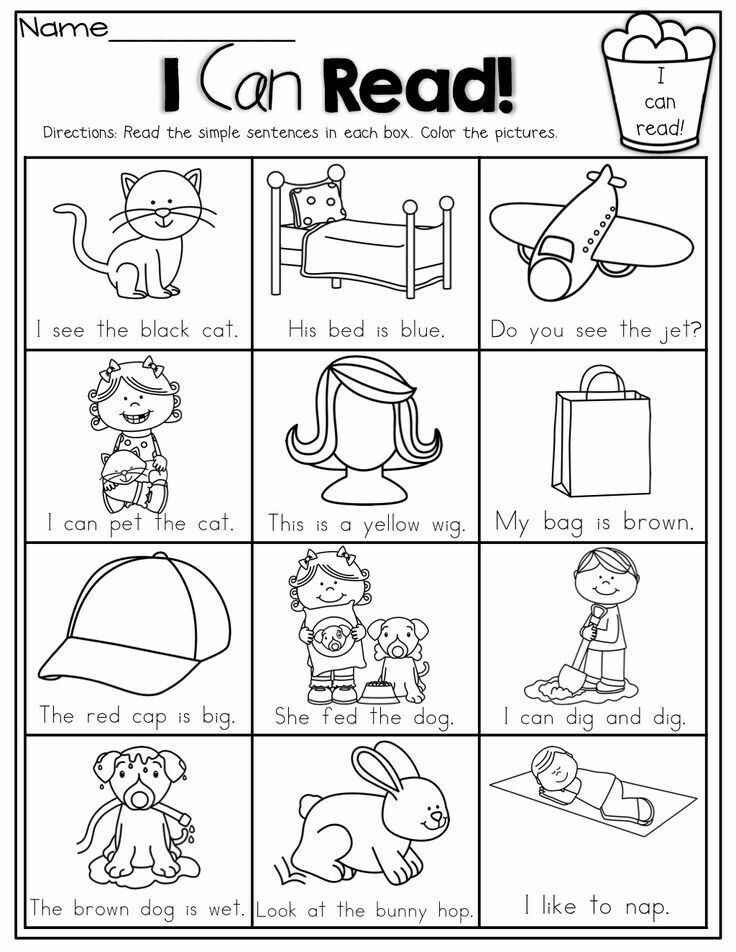 it can easily recognize sounds in different parts of words
it can easily recognize sounds in different parts of words
If there are problems with any of the above, you should take up their elimination - take some time to work out the difficult moments, visit a speech therapist, neuropathologist, etc. If everything is in order (or after fixing the problems), you can proceed to learning to read.
A few words about the correct teaching of reading
The presented question worries, perhaps, every parent. And the first answer to it will be the traditional method, which boils down to daily monotonous reading of the primer. But this option is not very effective, because almost always the child gets bored, he quickly gets tired and tired. Plus, he does not learn to read thoughtfully at all. Of course, the baby will learn some skills and knowledge, but it is a stretch to call it a good way of sensory-emotional development, knowledge of the world around him and his place in it. In order for the process to become exciting and creative, so that it arouses interest in the child, so that the reading skill is mastered effectively, you need to use other methods (we devoted separate lessons of our course to such methods, and for now we will not focus on them).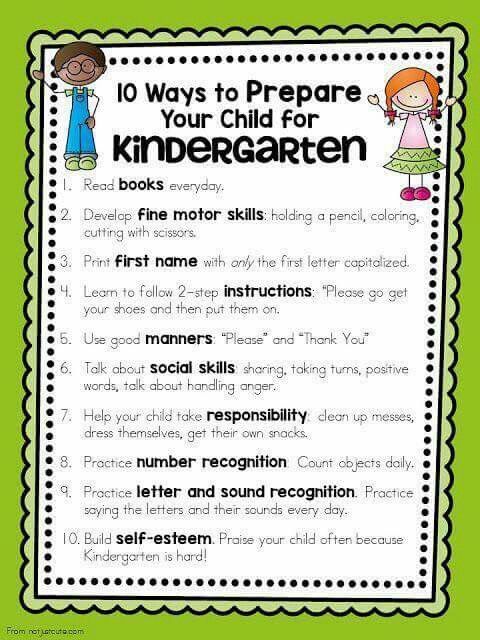 nine0003
nine0003
Before you start learning to read and apply any methods, it is imperative to learn the basic rules that you should rely on in your work. They can be called the basis of the whole process. Although slight deviations are allowed, it is still recommended to adhere to all the rules, otherwise the reading skill will be mastered by the child less effectively, which in no case should be allowed.
Basic Rules for Teaching Your Child to Read
So, if you want to help your child learn such an important skill as reading, follow these rules:
1
Do not force
Remember that you cannot force a child to read, and any such strategy is wrong, wrong and ineffective in advance. To make the child want to read and begin to show interest in books, just surround him with them. So, you can arrange books around the house - on shelves, tables and other easily accessible places. In addition, you yourself need to pick up books and read something interesting to your son or daughter.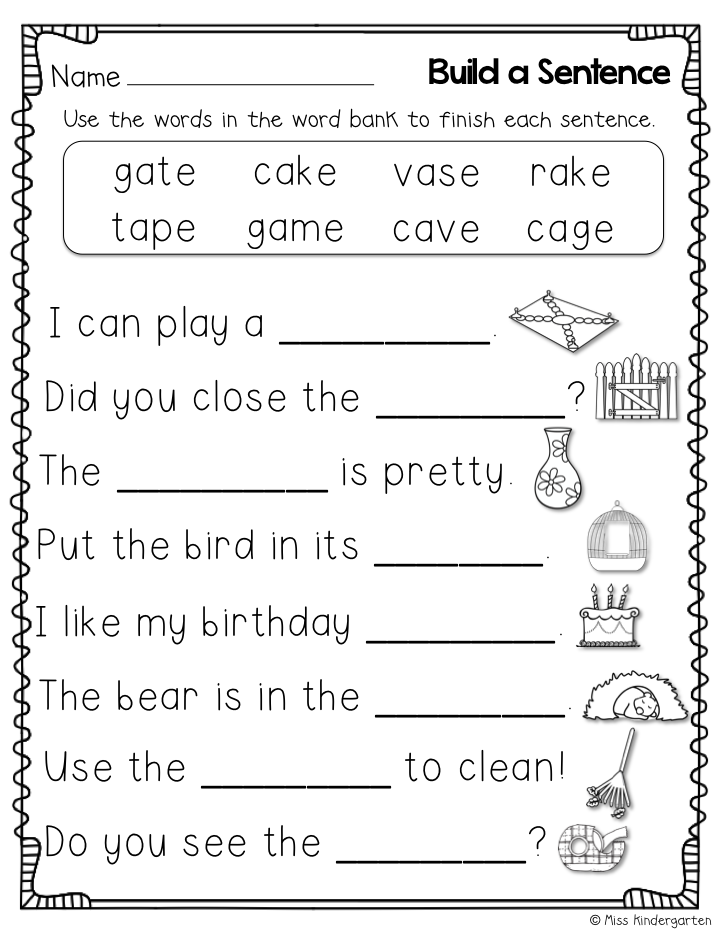 You also need to read for yourself so that the child can see you with a book. Given that children strive to be like their moms and dads, your child will most likely ask what you are doing, or pick up a book himself. nine0003
You also need to read for yourself so that the child can see you with a book. Given that children strive to be like their moms and dads, your child will most likely ask what you are doing, or pick up a book himself. nine0003
2
First the sounds, then the letters
Many parents make a big mistake by first explaining the pronunciation of the letters to the baby, and only then the sounds. It is necessary to do the opposite: first of all, it is important to tell what sound this or that letter in the word has, and only then - how it is pronounced by itself. Those. initially explain that the letter "er" in the word sounds like "r", "en" - like "n", "em" - like "m", etc. And after that, teach that “er” is “er”, “en” is “en”, “em” is “em”, etc. nine0003
3
Learn not letters, but syllables
It must be understood that syllables, and in some cases even whole words, are assimilated by children much better than many single boring letters. Therefore, the letters must be shown in whole words.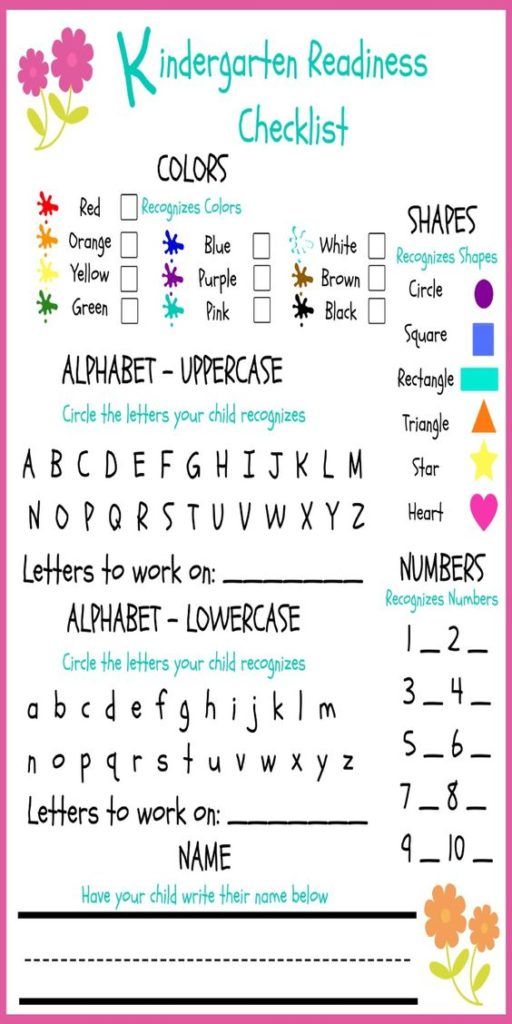 As an auxiliary material, you can use specially printed cards with syllables, with the help of which it is convenient to teach the baby to read by syllables and make words.
As an auxiliary material, you can use specially printed cards with syllables, with the help of which it is convenient to teach the baby to read by syllables and make words.
4
Repetition
The frequency of repetition of the material studied with the child depends on how well he will remember and assimilate it. However, there is one trick here - many kids do not really like it when they are satisfied with checks and tests, and therefore repetition as a teaching method must be presented in the form of a game. nine0003
5
First simple, then complex
As we said, initially it is most effective to teach a child to pronounce sounds, and only then complicate the process - move on to reading by syllables and combining syllables into words. All information should be provided in a dosed and step-by-step manner so that there is no “porridge” from the knowledge gained in the child’s head.
6
Learn simple words
Learning to read should always start with simple words where letters are repeated, for example, the words "mother", "woman", "dad", "uncle", etc.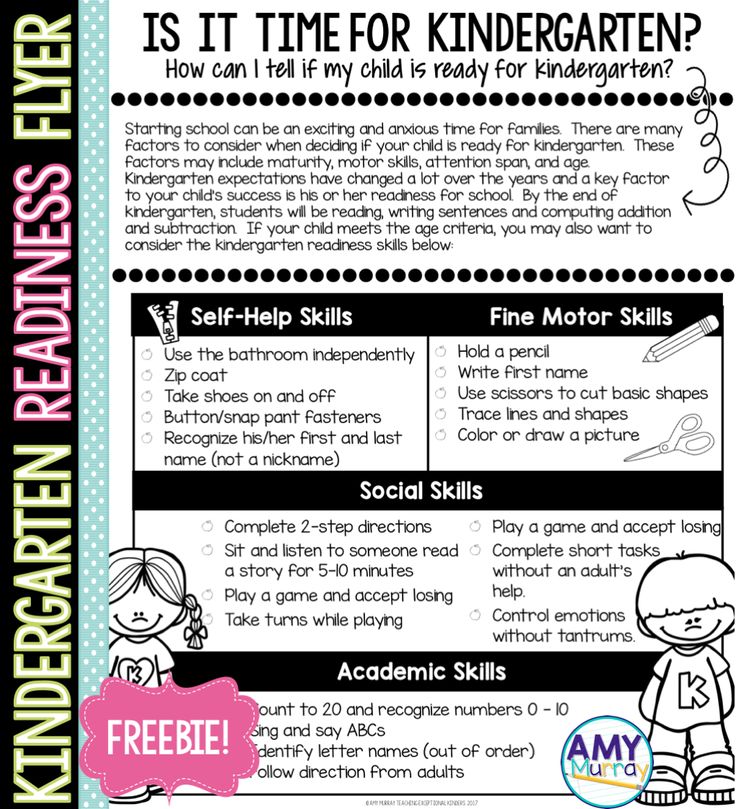 After that, it is allowed to move on to learning words, where a letter is added to the syllable, for example, “bass”, “cat”, “house”, “poppy”, “lacquer”, etc. And having already mastered such material, you can begin to engage in elementary sentences, such as “mother washed Mila”, “Kolya pricks stakes”, etc. As for the letters "y", "b" and "b", it is better to leave them in the end. nine0003
After that, it is allowed to move on to learning words, where a letter is added to the syllable, for example, “bass”, “cat”, “house”, “poppy”, “lacquer”, etc. And having already mastered such material, you can begin to engage in elementary sentences, such as “mother washed Mila”, “Kolya pricks stakes”, etc. As for the letters "y", "b" and "b", it is better to leave them in the end. nine0003
7
Learn anytime, anywhere
No matter what you and your baby are doing at the moment: walking, shopping, standing at a bus stop or having a snack in a cafe - you can read anywhere and anytime. Almost everywhere there are signs, advertising posters, signs with the names of shops, streets, stops, etc. Use it to your advantage and your child, and let him read everything you show him.
8
Play
Teaching a child to read, as well as any other skill, should take place in a playful way. Come up with your own games where you need to know the sounds, letters and syllables.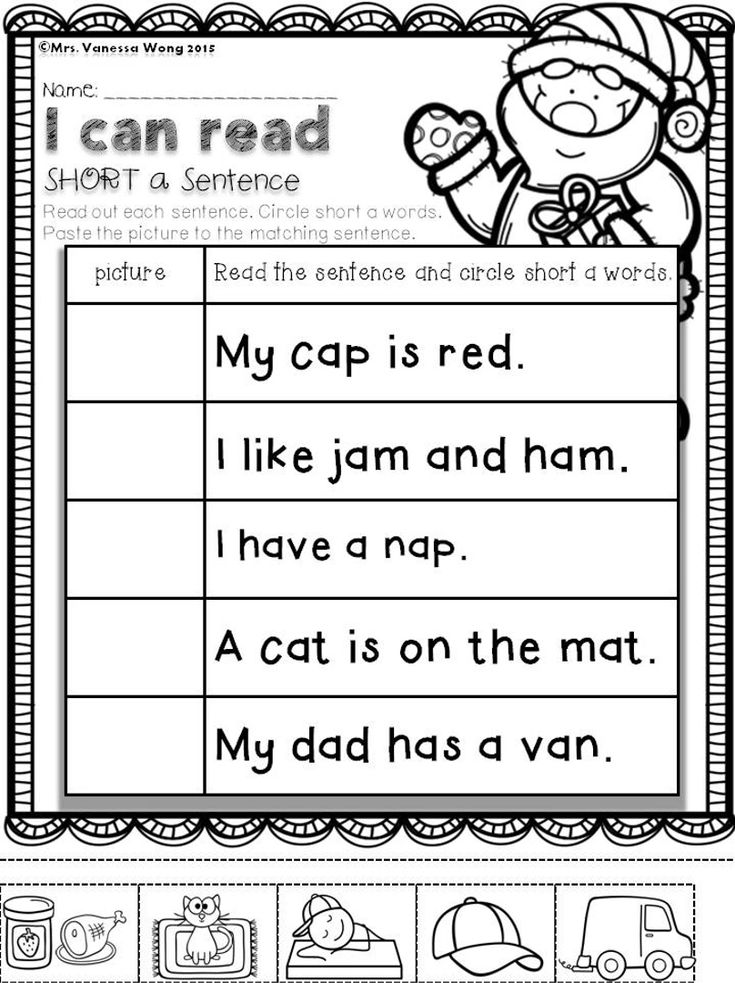 For example, you can ask your child to look for specific letters in words and pronounce them. You can also buy home letters on magnets and make words on a special board or refrigerator. And another game will help develop mindfulness - take letters on magnets or cubes, make a series of letters where all but one are consonants, and let your baby find a vowel. nine0003
For example, you can ask your child to look for specific letters in words and pronounce them. You can also buy home letters on magnets and make words on a special board or refrigerator. And another game will help develop mindfulness - take letters on magnets or cubes, make a series of letters where all but one are consonants, and let your baby find a vowel. nine0003
9
Arouse interest
To make your child learn to read better and easier, you need to get him interested in it. And for this it is very good to show that reading is necessary for a full life among other people. Therefore, clearly demonstrate to the baby the importance of this skill - show him letters, postcards, notes, tablets, write notes so that he reads them. Over time, the child himself realizes that learning to read is simply necessary.
10
Read aloud
Reading aloud, and even for a while, is considered to be a very effective way of teaching a child to read quickly. But you need to apply it, of course, when the baby has already mastered some skills.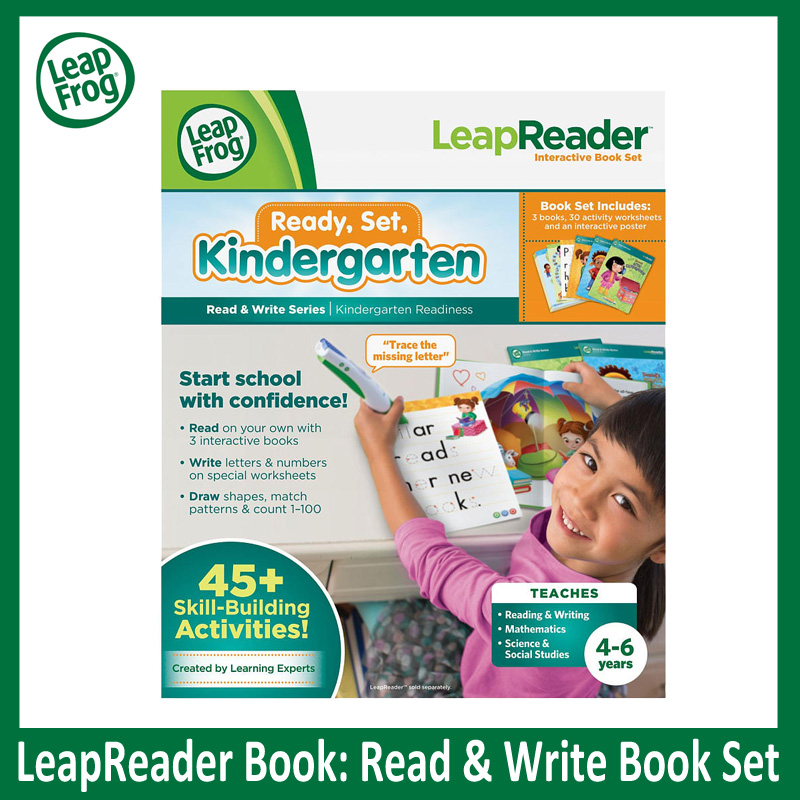 Based on what your child has already learned, make up your tasks and give them to him to complete, marking, for example, a minute. By the way, the so-called “Reader's Diary” will help a lot here, where you will record the progress of your baby. And so that he completes the tasks with enthusiasm, after every hundred words you read, give him some nice little thing. nine0003
Based on what your child has already learned, make up your tasks and give them to him to complete, marking, for example, a minute. By the way, the so-called “Reader's Diary” will help a lot here, where you will record the progress of your baby. And so that he completes the tasks with enthusiasm, after every hundred words you read, give him some nice little thing. nine0003
11
Reading with a bookmark
Reading with a bookmark is another rule for improving reading skills. You need to use a bookmark here, as usual, with the only difference being that it should not close the bottom line, but the words read. So you will help your baby not get confused in a large number of words and focus on a new word.
12
Regularity of study
We have already talked about repetition, so just add that you need to read regularly and systematically. In other words, you need to pay attention to mastering the reading skill every day, even if it takes only 5-10 minutes.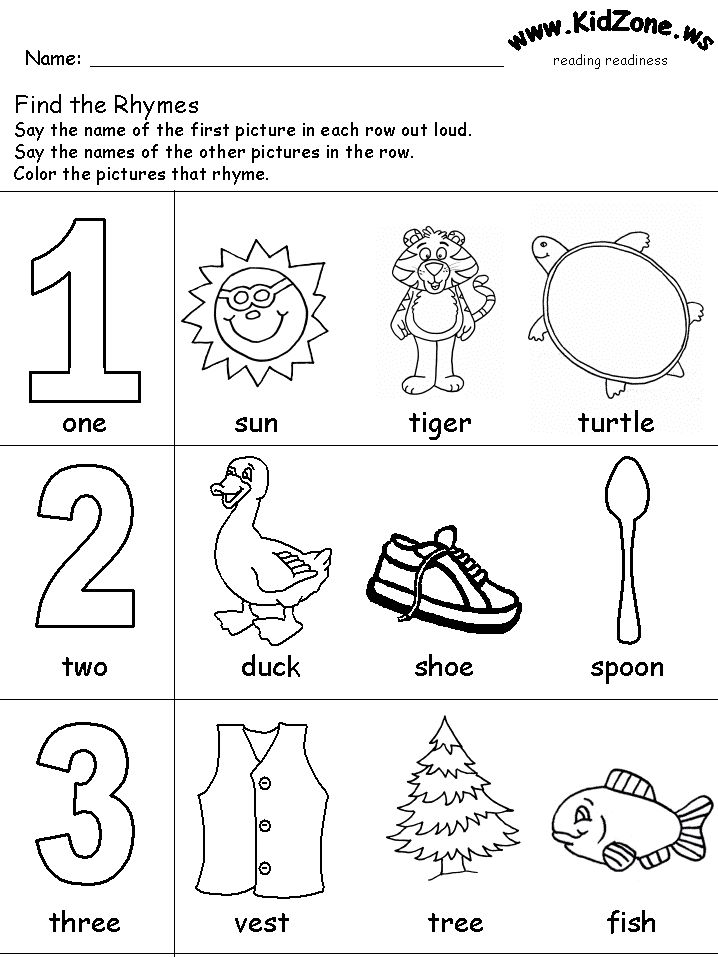 But what is even more important is not to abandon classes, even when it starts to seem that the baby is already reading well. nine0003
But what is even more important is not to abandon classes, even when it starts to seem that the baby is already reading well. nine0003
To conclude the first lesson, we would like to supplement the above rules with a few more tips that will help you teach your child to read faster and better.
A few extra tips
Your child will learn to read more successfully if you follow this list of tips:
- Be sure to get a primer or alphabet. In the future, this literature will always evoke in the child associations with pleasant learning. It is best if the books are supplemented with drawings
- If you study letters, then start with vowels, because you can sing them using your favorite melodies, and this is useful, fun and interesting. It is very good if the classes are accompanied by modeling from plasticine or coloring pictures. This will teach the baby to identify letters and understand them
- You need to study consonants only after vowels. And do not forget that you first need to explain to the child how the letter in the word is pronounced, and only then - how it sounds on its own nine0015 To increase the effectiveness of learning, it is useful to compose fairy tales about letters so that acquaintance with them is more interesting for the baby.
- In the process of learning, do not neglect creative materials. Remember that a child learns the world through sensory perception, which means that he definitely needs to try and touch everything. Cutting out letters from cardboard, sculpting letters from plasticine, baking cookies in the shape of letters, etc. can come up. An experience like this will forever be imprinted in your child's memory
- Most effective are short sessions of 10-15 minutes several (3 to 5) times a day. Stick to this system, and your kid will not only not get tired, but will also look forward to each lesson
- And, finally, the most important rule in any interaction with a child is benevolence and patience with the baby. Never allow yourself to lose your temper, raise your voice, and even more so insult the little man.
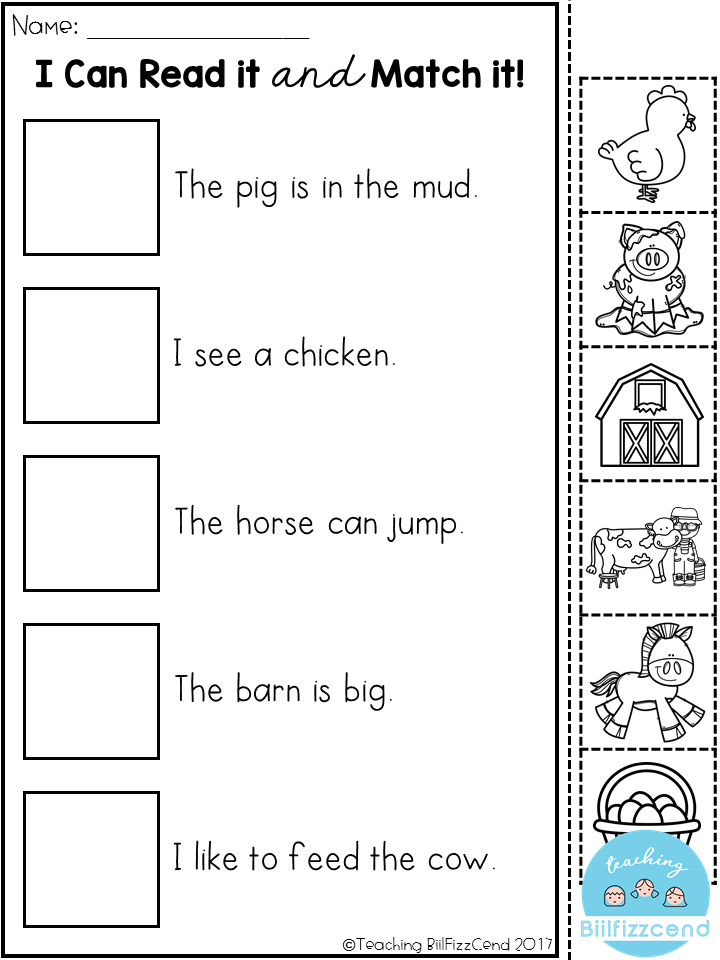 Otherwise, all activities will be of no use, and even the child’s attitude towards you may not be the best. nine0016
Otherwise, all activities will be of no use, and even the child’s attitude towards you may not be the best. nine0016
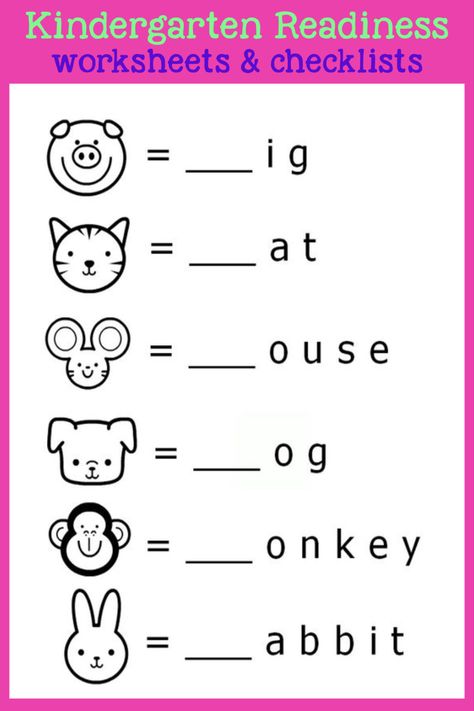 For example, once upon a time there was a cheerful letter "U". And one day she climbed a hill, and how she rolled down from it, fervently shouting “Uuh!”. By analogy, make short stories for each letter
For example, once upon a time there was a cheerful letter "U". And one day she climbed a hill, and how she rolled down from it, fervently shouting “Uuh!”. By analogy, make short stories for each letter Approach teaching your child to read with love and intelligence, and the first results will not be long in coming. And in the next lesson, we will talk about the most popular methods for teaching children to read today, and also briefly talk about what we based on when creating the presented course.
Lesson 1. The most popular methods of teaching children to read
Almost every one of us today can remember the famous blue primer with which he learned to read. But time passes, and the presented tool loses its relevance, giving way to special methods of teaching children to read. Today, there are many such methods, but we will tell you about the most popular ones, as well as point out their main advantages and disadvantages, if any. Of course, we will say a few words about the primer, as well as introduce the benefits of practical methods for teaching children to read, collected in this course by the 4Brain team.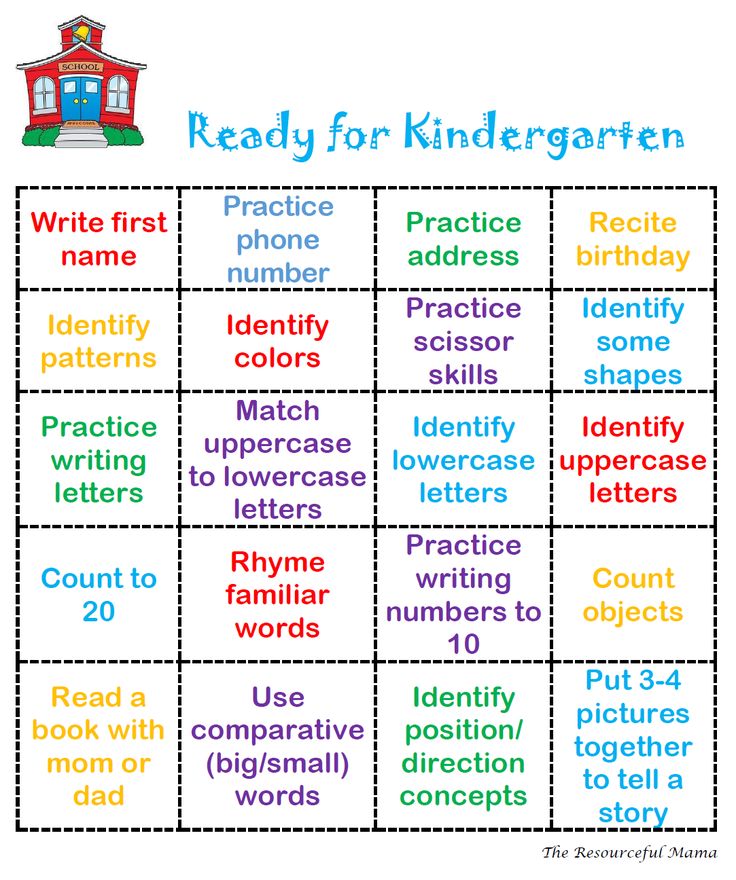 But, as is customary with us, everything is in order. nine0003
But, as is customary with us, everything is in order. nine0003
To begin with, it will not be superfluous to note once again that it is recommended to teach children to read no earlier than 4-5 years old, but it is not excluded that children begin to master this skill earlier (we talked about indicators of readiness of kids for reading in the first lesson). The author's methods, which we will talk about, are designed for early, i.e. primary education for children.
Lesson 2. The most important points in teaching children to read. An easy way to teach your child to read
In the previous two lessons, we looked at the basics of teaching children to read and got acquainted with the most popular methods on this topic. But the theoretical aspects do not end there, because teaching a child to read is not an easy task. Naturally, we will not load you with theory, otherwise the course will simply be of no use, but nevertheless we will allow ourselves to touch on a few more issues of a similar nature.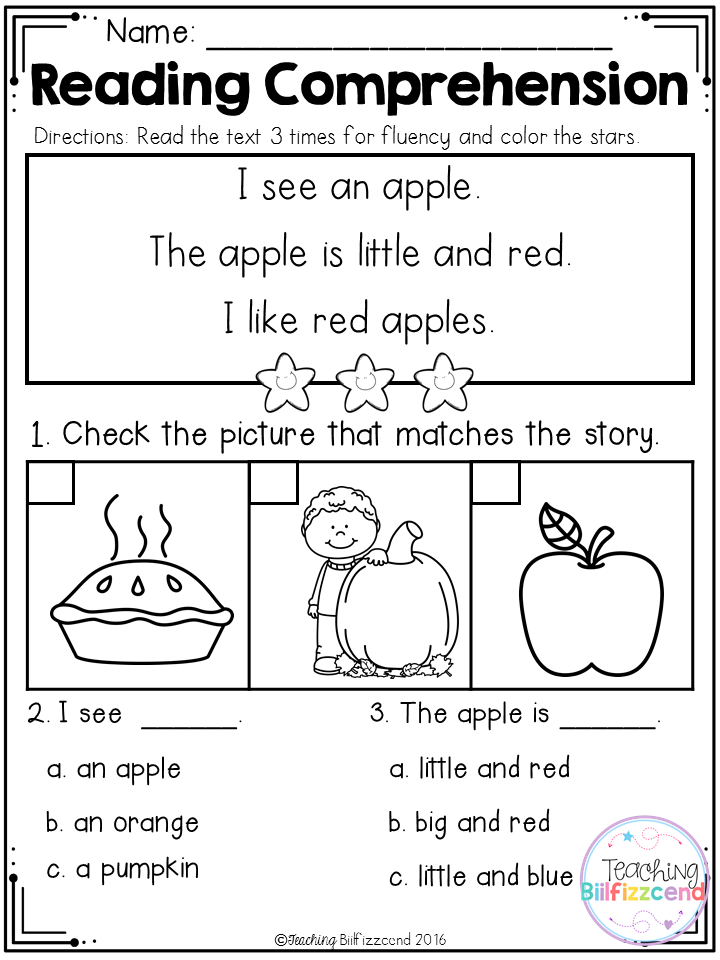
If you want to make your child's reading education as effective as possible, you should pay attention to a number of specific nuances, which we will discuss below. We also note that the recommendations we offer have been tested in practice by many parents and have shown their effectiveness on many generations of children. Despite this, they are extremely simple, and it will not be difficult for you to follow them. Plus, this information will help you avoid the most common mistakes. And this means that your baby will very soon distinguish between letters, syllables and words, memorize them and pronounce them correctly. nine0003
Lesson 3. Preparing for reading for the little ones. Age features. First books. Methods and recommendations
Remember, just recently you thought about how to help your baby solve his first "baby" difficulties - to master a rattle, teach him to eat, go to the potty. But time flies, and now it's time for the baby to master the first skills that will be useful to him in adulthood.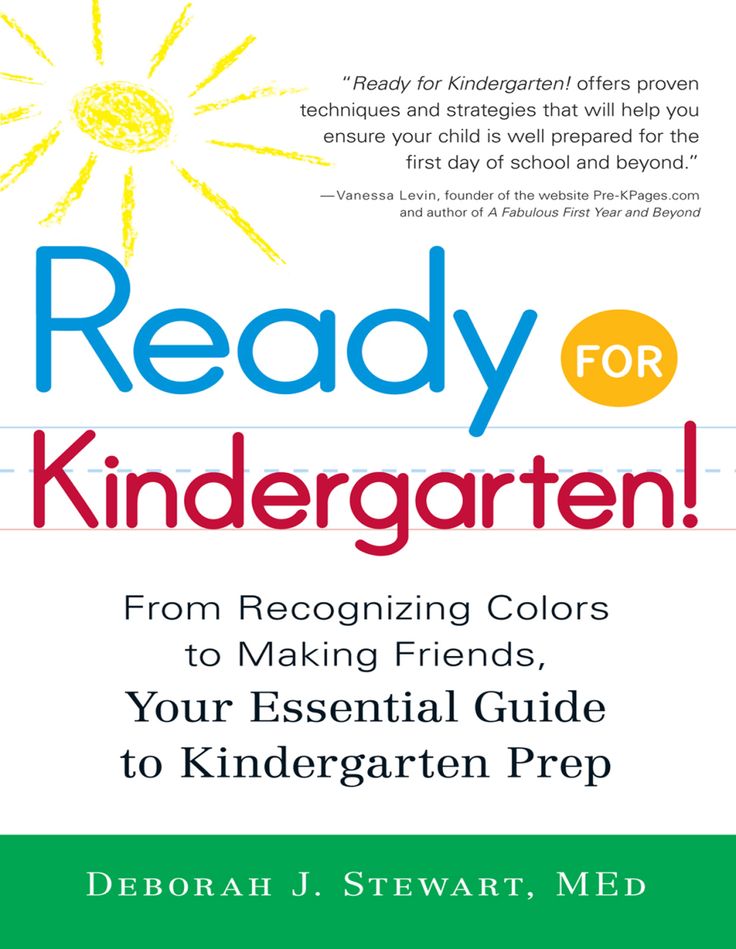 And one of them is reading. Preparation for the process of learning to read is very important, because. only with a competent integrated approach, success in this difficult, but very interesting business will be guaranteed. nine0003
And one of them is reading. Preparation for the process of learning to read is very important, because. only with a competent integrated approach, success in this difficult, but very interesting business will be guaranteed. nine0003
To begin with, let's once again touch on the age characteristics, namely: consider what is special in the period from 3 to 7 years with a child, because the methods that need to be used for learning and the subtleties of preparation depend on this.
Lesson 4. Learning the alphabet
One of the foundations of reading at all times was the knowledge of the alphabet. As it should be assumed, there are many methods for studying the variety of letters in the Russian language, but not all of them are effective. In addition, when teaching a child, it is always necessary to focus on the psychological and physiological characteristics. Of particular importance in the development of the alphabet is the age aspect. nine0003
We have already mentioned that in 99% of cases the characteristics of babies are such that it is quite difficult for them to concentrate.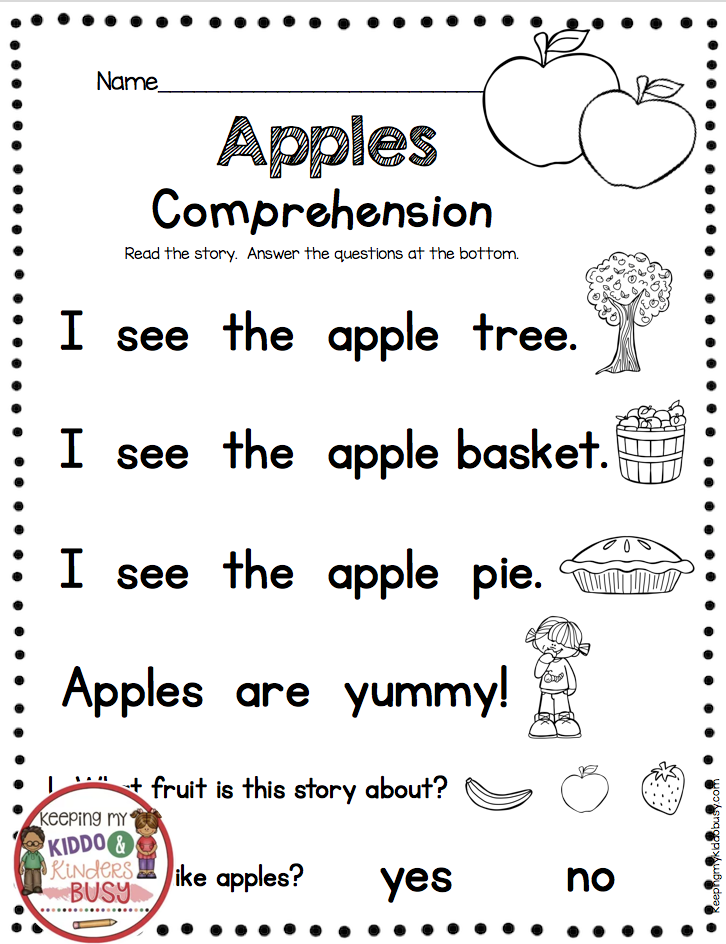 For this reason, it makes no sense to purposefully study the alphabet at the age of 1-2 years (meaning just such a study that will come in handy in the future, but of course you can prepare for reading), and teachers advise starting this from the age of three. Although always and everywhere one should rely on the individual characteristics of a particular child, and not try to find any age limits. Next, we will talk about learning the alphabet for children of different ages. nine0003
For this reason, it makes no sense to purposefully study the alphabet at the age of 1-2 years (meaning just such a study that will come in handy in the future, but of course you can prepare for reading), and teachers advise starting this from the age of three. Although always and everywhere one should rely on the individual characteristics of a particular child, and not try to find any age limits. Next, we will talk about learning the alphabet for children of different ages. nine0003
Lesson 5. Reading by syllables
After the child has mastered the alphabet, and you are sure that from now on the information about the letters of the Russian language is firmly established in his head, it's time to move on to the study of syllables. This lesson is dedicated to this topic.
Here are practical tips to help you teach your toddler to read by syllables, as well as some homework lessons to improve reading skills and abilities. Let's start with recommendations.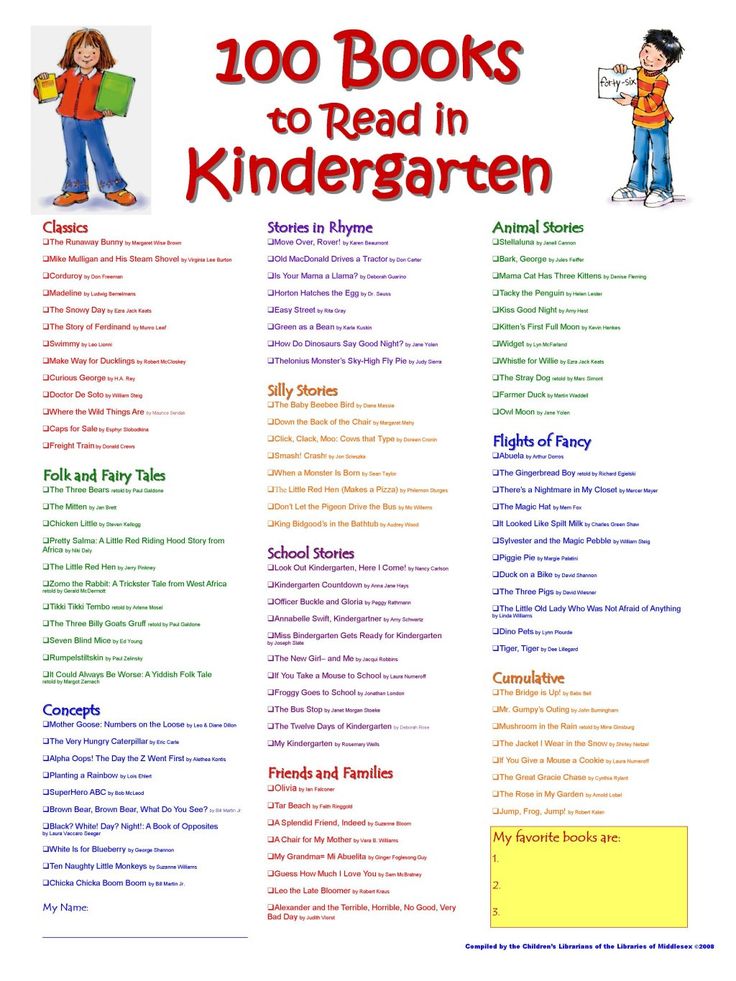 nine0003
nine0003
Lesson 6. Reading whole words
After completing the lessons, the child can confidently read the words, but they sound something like this: “ko-te-nok”, “so-ba-ka”, “ig-rush- ka", "ki-no", etc. In other words, the baby reads the words, but reads them syllable by syllable. This is quite normal, but you definitely need to work on it, because. only when the child reads the words and sentences completely and without hesitation can we say that he really learned to read. In addition, at the same time as learning to read words in their entirety, children must learn to understand the meaning of what they read. We will talk about these topics in the presented lesson. nine0003
But first, let's clarify a few very important points for ourselves - when a child learns to read words in its entirety, it is necessary:
Lesson 7. Speed reading
The ability to read is one of the most important and necessary skills for a person in life.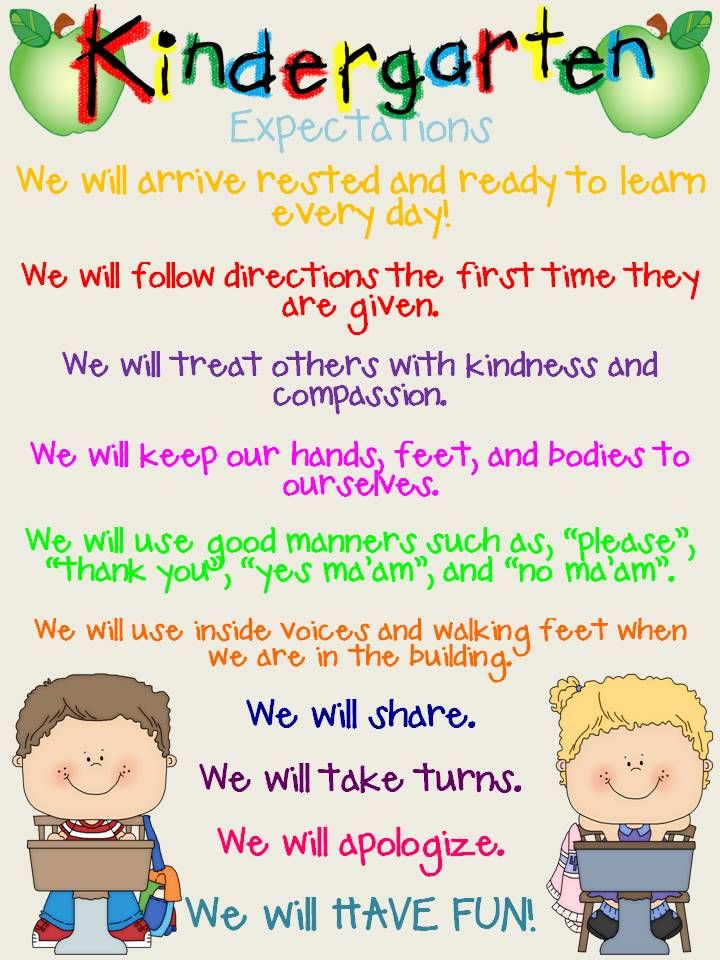 And this is most clearly expressed when the child begins to go to school. The speed and quality of perception of information, as well as the success of the entire learning process in general, depends on the ability to read. If the child is able to read with difficulty, he will study, write down and assimilate the material very slowly, and this, in turn, will affect academic performance. nine0003
And this is most clearly expressed when the child begins to go to school. The speed and quality of perception of information, as well as the success of the entire learning process in general, depends on the ability to read. If the child is able to read with difficulty, he will study, write down and assimilate the material very slowly, and this, in turn, will affect academic performance. nine0003
For these and many other similar reasons, every parent who cares about his child and his success in life should not only help him learn to read, but do it as efficiently and competently as possible. In a slightly different way, he is obliged to teach the child to read correctly, meaningfully and quickly. And in our today's lesson, we will present a number of techniques and exercises that will help you achieve this result.
Lesson 8. How to make a child fall in love with reading
Enough has already been said about the meaning of reading and the boundaries it opens.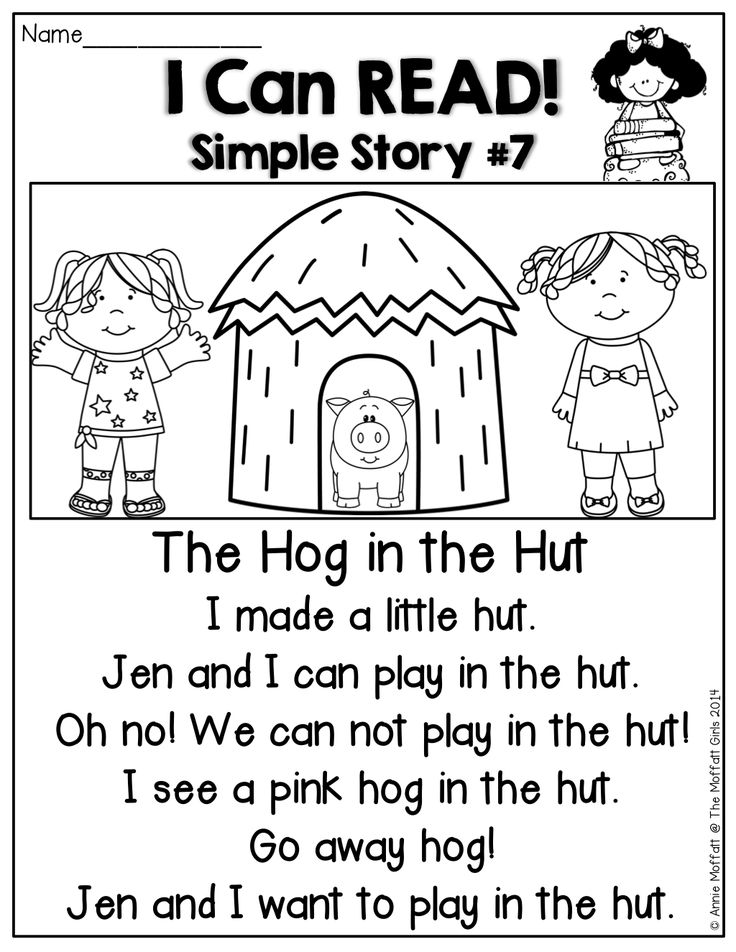 We only recall that people who love to read have a much better chance of success in life. And according to some psychological research, well-read children perform better in school and are significantly more likely to receive a higher education than children who do not like to read.
We only recall that people who love to read have a much better chance of success in life. And according to some psychological research, well-read children perform better in school and are significantly more likely to receive a higher education than children who do not like to read.
But how can a child be able to read and love this activity? How do you get him to pick up a book and spend time with it instead of spending countless hours on social media or playing games on his tablet? nine0003
Lesson 9. Teaching children to read in foreign languages
Teaching a child to read Russian is one thing. This, of course, is necessary; without it, as they say, nowhere. But at present, more and more often there is a need for a person to also know a foreign language, and, of course, this implies the ability to read in this language.
In the final lesson, we will look at the basics of teaching children to read in foreign languages, and as an example, as you might guess, we use English.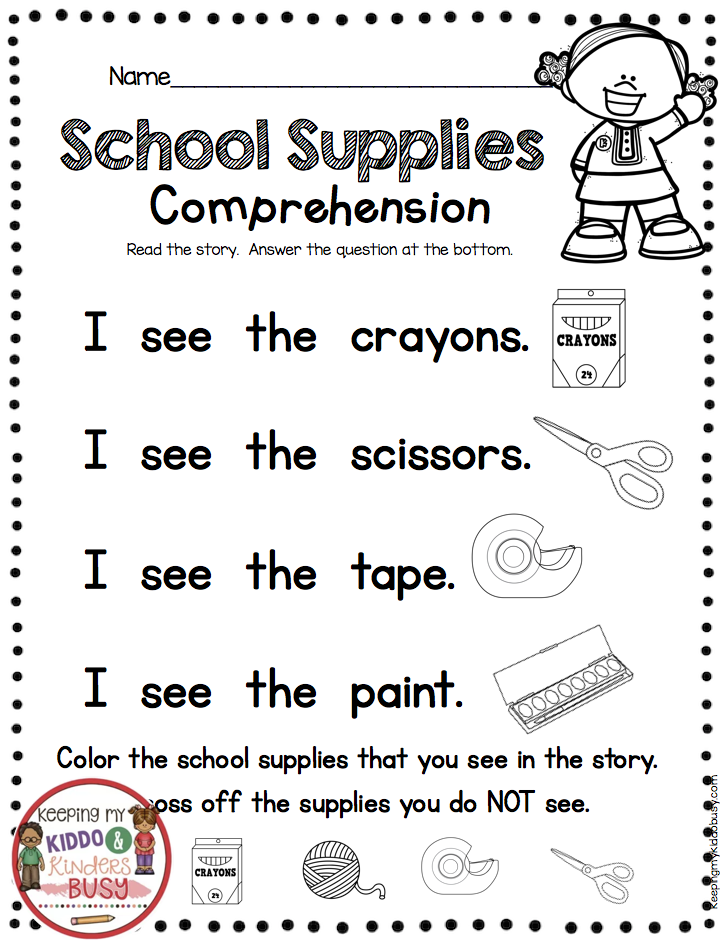 First, it is an international language, i.e. it can be useful in life to any person, and secondly, its relevance is due to the widespread use of computer technology. That is why, by the way, today it is increasingly being taught in schools from the first grade. nine0003
First, it is an international language, i.e. it can be useful in life to any person, and secondly, its relevance is due to the widespread use of computer technology. That is why, by the way, today it is increasingly being taught in schools from the first grade. nine0003
And before moving on to the main part of the course, let's think a little about why being able to read and teaching your children to read is so important.
Reading quotes from famous people
To conclude this introductory lesson, here are some inspiring quotes from famous people about reading:
Reading is the best teaching!
Alexander Sergeevich Pushkin
nine0002 Reading is to the mind what exercise is to the body.
Joseph Addison
People stop thinking when they stop reading.
Denis Diderot
Reading is an idle creative labor.
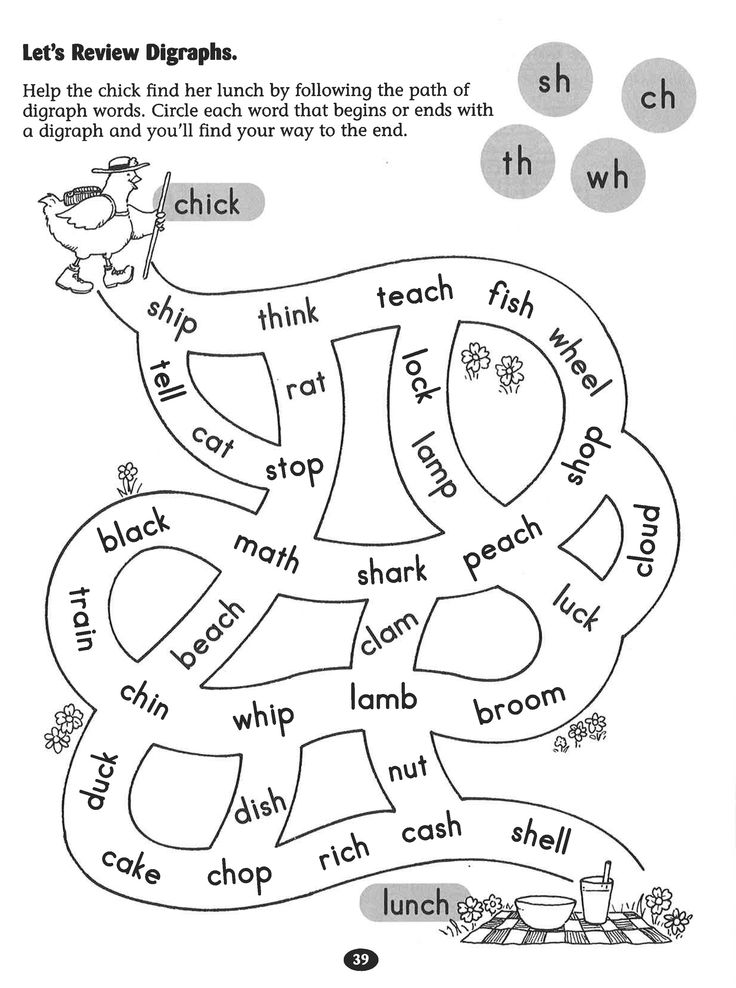
Maurice Blanchot
Reading is talking with wise men, action is meeting fools.
nine0002
Francis Bacon
If the crowns of all the kingdoms of the world were placed at my feet in exchange for my books and my love of reading, I would reject them all.
François Fénelon
To love reading is to exchange hours of boredom, inevitable in life, for hours of great pleasure.
Charles Louis Montesquieu
The mind is strengthened or relaxed by reading just as much as the body by fresh or spoiled air. nine0003
John Ruskin
There is no entertainment cheaper than reading books and there is no pleasure longer.
Marie Montagu
Now feel free to start taking lessons. Good luck!
Kirill
1 Popular methods →
Learning to read | Kindergarten No.
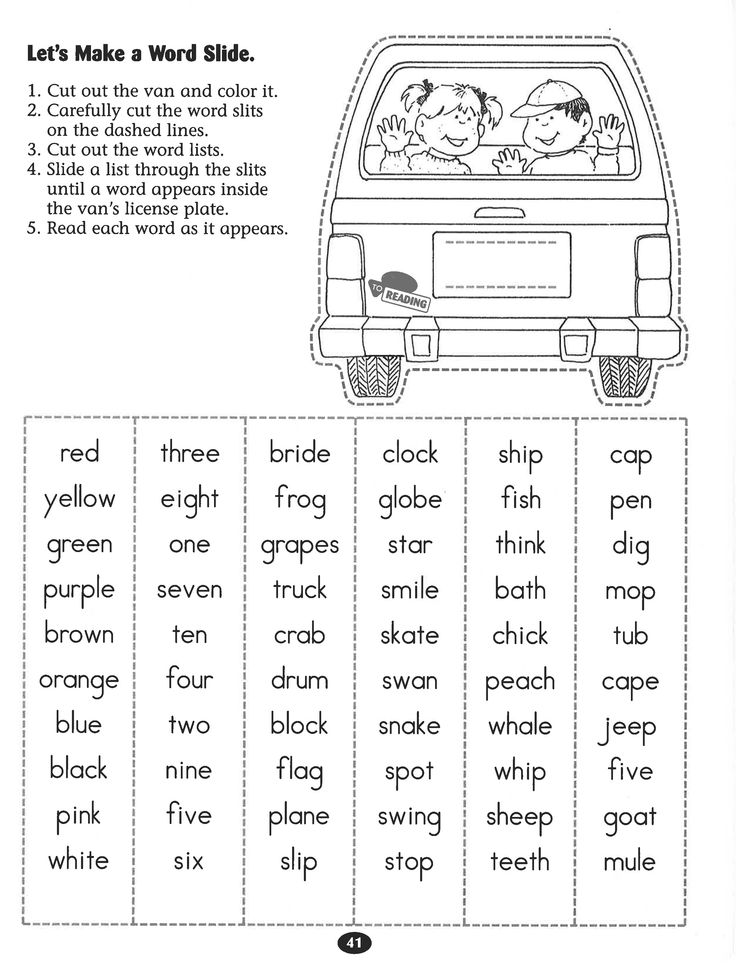 74 of a general developmental type
74 of a general developmental type Home » Our consultations » From the experience of our teachers » Learning to read
For you parents!
(from the work experience of the educator MADOU No. 74 Rubtsova Marina Vasilievna )
Parents of preschool children attending kindergarten often rely on the fact that their children will be prepared for school by the efforts of educators. Indeed, specially organized classes help children prepare for school, but without the help of parents, such preparation will not be of high quality.
Experience shows that no best children's institution - neither a kindergarten nor an elementary school - can completely replace the family, family education. In a preschool institution, children are taught many useful skills, they are taught to draw, count, write and read. But if the family does not take an interest in the child’s activities, do not attach due importance to them, do not encourage diligence and diligence, the child also begins to treat them with disdain, does not strive to work better, correct his mistakes, and overcome difficulties in work.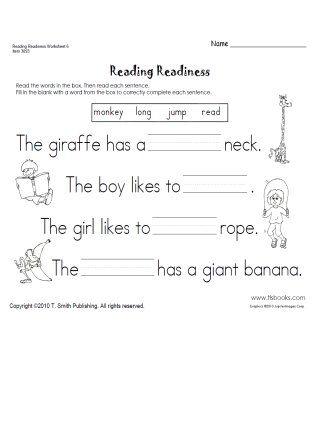 Some children are deeply offended by such inattention of their parents, they cease to be sincere and frank. On the contrary, the interest of parents in the affairs of the child attaches particular importance to all the achievements of the child. Help in overcoming the difficulties that arise in the performance of any kind of activity is always accepted with gratitude and contributes to the closeness of parents and children. At home, the ability to read can come as naturally to a child as the ability to walk or talk. Dear parents, grandparents! If you want to teach your child to read before he goes to school, pay attention and understanding to all our advice. To avoid the sad consequences of illiterate learning. nine0003
Some children are deeply offended by such inattention of their parents, they cease to be sincere and frank. On the contrary, the interest of parents in the affairs of the child attaches particular importance to all the achievements of the child. Help in overcoming the difficulties that arise in the performance of any kind of activity is always accepted with gratitude and contributes to the closeness of parents and children. At home, the ability to read can come as naturally to a child as the ability to walk or talk. Dear parents, grandparents! If you want to teach your child to read before he goes to school, pay attention and understanding to all our advice. To avoid the sad consequences of illiterate learning. nine0003
Learning to read
It is believed that learning to read early gives a child great intellectual potential. A pre-reader or a first-grader who is already reading develops faster, learns easier and better, and remembers more.
Where to start?
- The main rule of learning to read: "Do not chase the result!".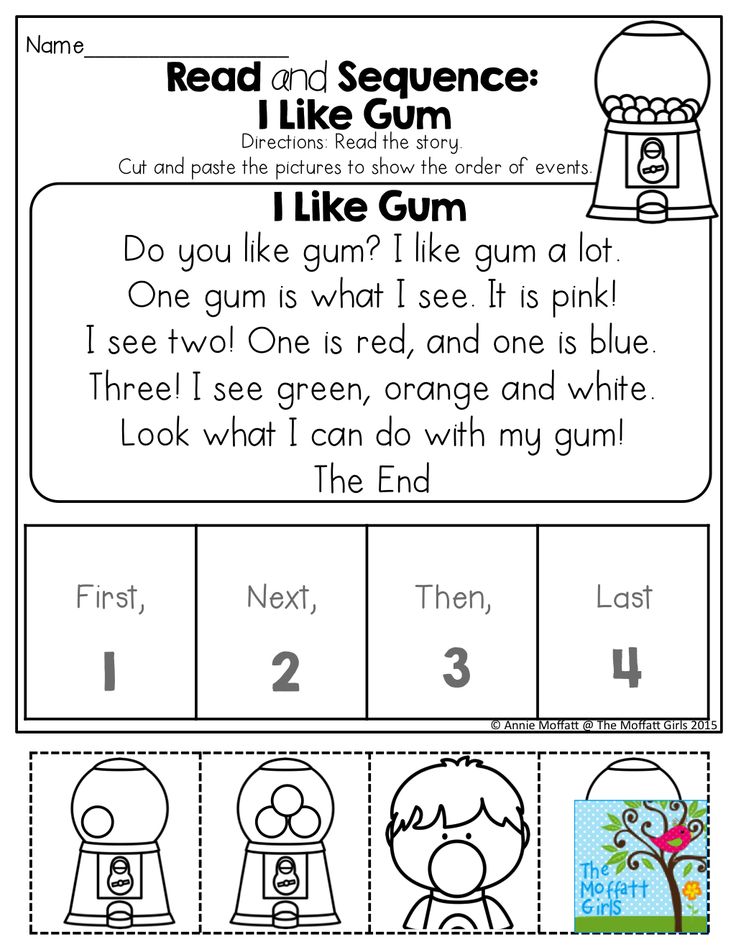 First, show your child the alphabet. If he is interested, consider it, name the letters, syllables. Learning to read is best started on their own initiative. Your task is to support, not to ruin the initiative with excessive zeal. nine0268 - Learning to read can begin with the study of letters or syllables. Colorful tables, posters, cubes are well suited for these purposes. The material may change from time to time. And it is not at all necessary to memorize the alphabetic name of the letters with the kids.
First, show your child the alphabet. If he is interested, consider it, name the letters, syllables. Learning to read is best started on their own initiative. Your task is to support, not to ruin the initiative with excessive zeal. nine0268 - Learning to read can begin with the study of letters or syllables. Colorful tables, posters, cubes are well suited for these purposes. The material may change from time to time. And it is not at all necessary to memorize the alphabetic name of the letters with the kids.
- Pay special attention to the game form of the lessons, as well as their duration (15-20 minutes). Do not forget how joyful and interesting they will be, his further education largely depends. The main thing is not to forget that all this is just a game, and not preparation for the exam. nine0003
-If a child is ill or not in the mood to study, it is better to postpone the “lesson”, do not study by force.
- Classes should be varied, change tasks more often, because small children get tired quickly and their attention is scattered.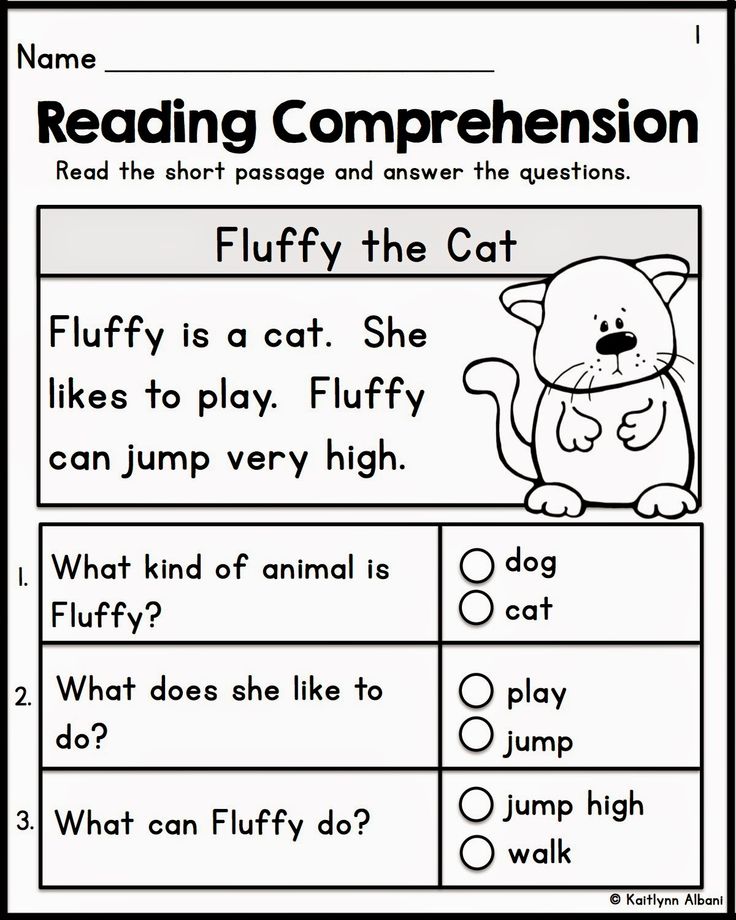 So you will have to constantly maintain the interest of the child in what you propose to do.
So you will have to constantly maintain the interest of the child in what you propose to do.
-Read in front of a child. Mom is the best role model.
- In parallel with reading, you can learn to write. The child will be quite capable of performing graphic tasks: circle simple figures point by point with your hand. You can "type" on the old keyboard. Maze toys prepare a hand well for writing, in which small details need to be raised, for example, from bottom to top, or swiped from left to right. nine0003
Important about letters
You can often see such a picture on the street. Mom asks the child, pointing to any letter of the sign on the house: "What is this letter?" The child happily answers: "PE!", Or "EM!", Or "ES!" One feels like saying:
“Dear adults! If this is how you call letters to children,
, then how will your little student read the syllable "MA"? Imagine, he will most likely get "EMA"! And he will be right: EM + A = EMA. And the word "MA-MA" in this case will be read as "EMA-EMA"! nine0268 Most teachers and speech therapists agree that when teaching preschool children, the alphabetic army should be called in a simplified way: not “pe”, but “p”, not “me”, but “m”.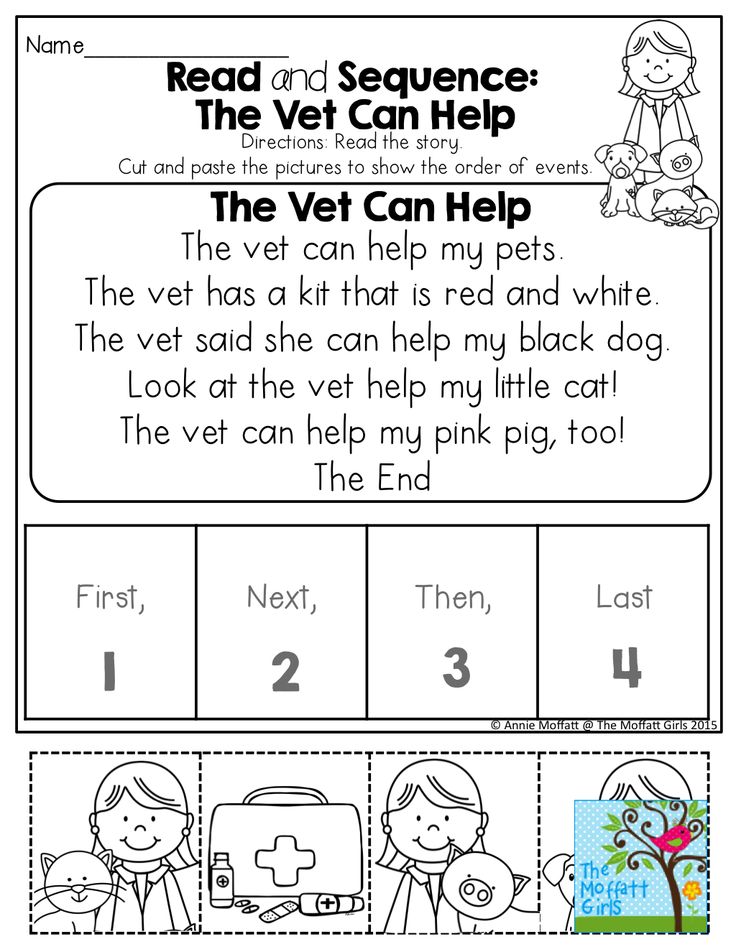
Learning to read at home
How to teach to read and not injure the psyche, not to force, but on the contrary, arouse interest and desire? If you actively played with the child, while attracting a book, then this will greatly facilitate the task.
The first unsuccessful experiences can completely discourage you from starting to learn to read. The child understands that learning to read is not so easy and hardly repeats attempts. Learn more letters back and forth. But to combine them into words and read, and then understand what you read - it's pretty hard. But gradually the child overcomes this difficulty. nine0003
Learn to read in the game. But, most importantly, what we should remember is not to torment the child and ourselves. Don't make it an unpleasant duty, don't compare one child to another.
Here we need patience, love, consistency, fantasy. You can beat the learning process, turn it into a holiday, into an exciting game.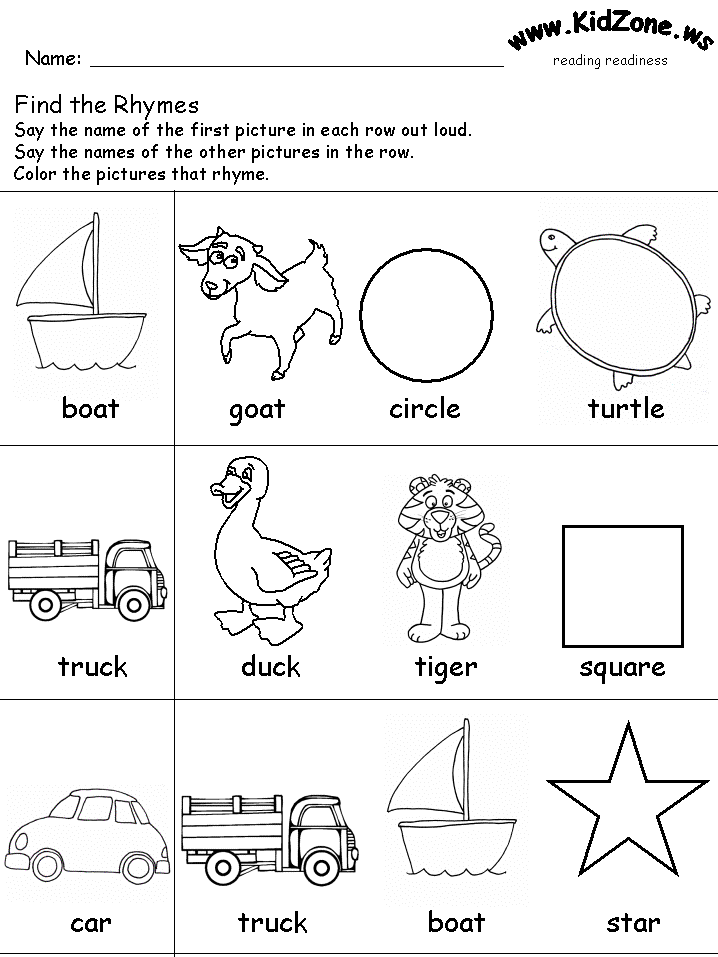 Keep it short but effective.
Keep it short but effective.
So, let's move on to the study of letters and sounds.
1. Learning is best to start with vowels.
Some parents have already introduced their children to different letters, but where do you start? You need to start with vowels, which you need to determine whether the child remembers them well.
To teach children to read, you can use cut out letters, paint, plasticine, whatever you want.
Now I'll show you some exercises that will help you reinforce the learned vowels.
- I will call you a letter, and you take it out of the magic box and we are building a house with you:
11 so that the child learns to read and write lines. ( Can be read)
It will take some time to memorize one letter, three, four, five or even six days. If the child remembers longer, it's okay. It is important that the child not only read a new letter, but also knows how to find it. You can ask the child to find the letter O , then the letter A , and so little by little the child makes a train.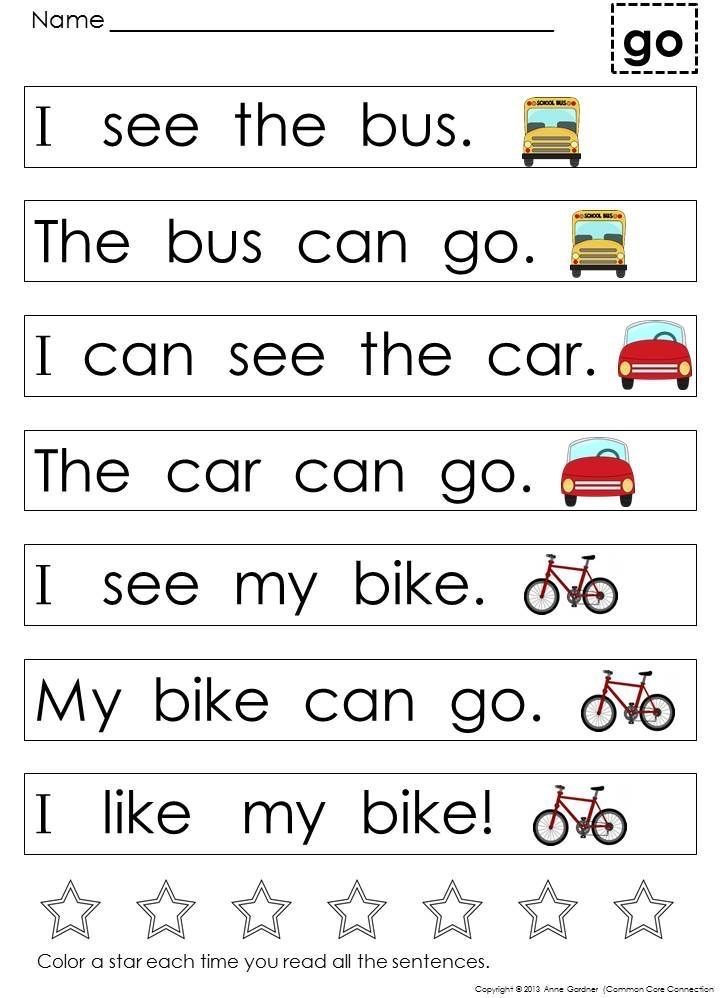
A U O E I S E Y Y Y E
Later, when the train is completed, the child can read it. If a child has a hard time remembering vowels, you can remember them associatively. But A , as always, does not cause difficulties, U are ears, And - we smile, O - this is a circle, what we see, then we say, the letter Yu - can be remembered as a skirt, E - the car is driving, E - hedgehog, If the child has forgotten the letter, then ask him: "Prickly with eyes."
The most difficult letter of the vowels is the letter E . This letter is difficult because some children pronounce it like E , this is wrong. It is necessary to monitor the correct pronunciation of the sound and correct the child.
A U O E I S E Y Y Y E
The letter E came out to the yard for a walk, which letter came out to her, choose.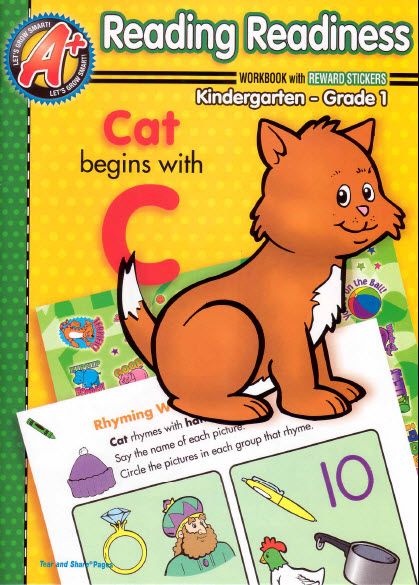
EO , swap it will turn out OE .
So, we have already learned the vowels, let's move on to the consonants.
Consonants
To study consonants, choose the first voiced letter, M, N, L, R .
Consonants are best studied immediately with a familiar vowel. It is easier for a child to remember a new letter. In addition, we thus imperceptibly approach the syllables.
To do this, the child needs to build a house out of vowels:
A E
O U
U
and I
12 9000
Next, we familiarize the child with a new consonant letter. We tell the child to raise the letter on the elevator while reading the syllable.
If a child cannot remember a letter or pronounces it incorrectly, an exercise called "Pens, Pens" will come in handy.
The child sits in front of you so that he is not distracted, take his hands.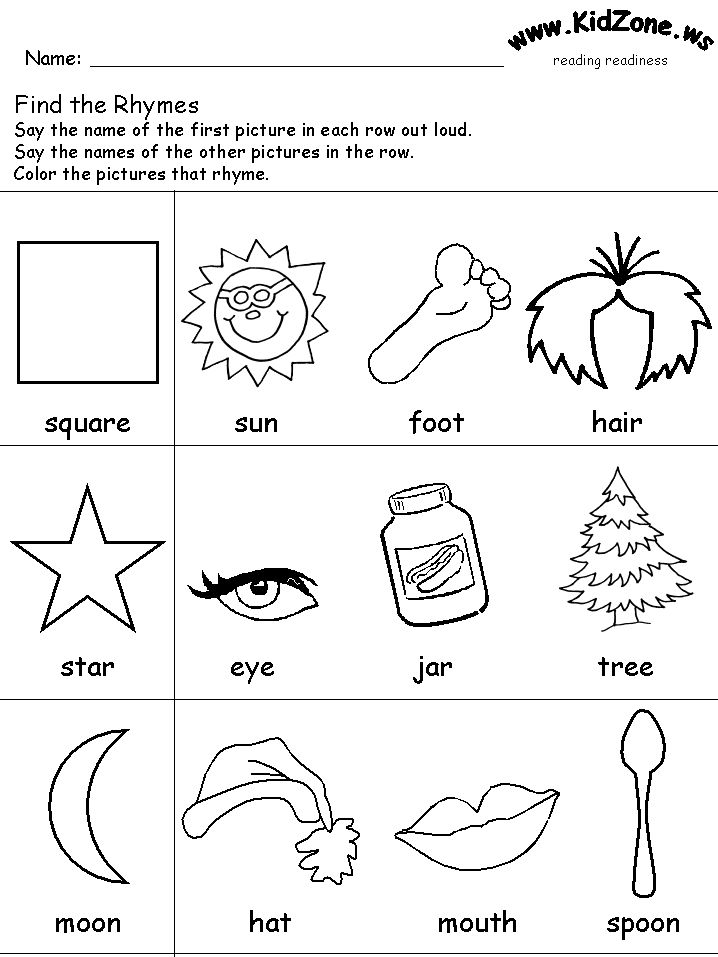 This exercise is difficult and requires a lot of attention. nine0003
This exercise is difficult and requires a lot of attention. nine0003
You hold the child by the hands, and he, looking into your mouth, repeats after you.
The peculiarity of this exercise is that the child does not see the letter, he perceives it by ear.
First, show the child the letter with your hand, and let him name them, later you remove your hand and the child should show and name the letters. For example: with the letter , will have NU , etc. It is necessary to ensure that the child reads not only when you show him with your finger, but so that he himself can take and read. nine0003
Syllables
Children usually stumble at this stage. It is difficult for them to read syllables together. It is important that the child not only read the syllables first consonants and then vowels, but also to be able to distinguish when, on the contrary, there are first a vowel and then a consonant.
We offer you a manual that makes it easy for children to learn syllabic reading.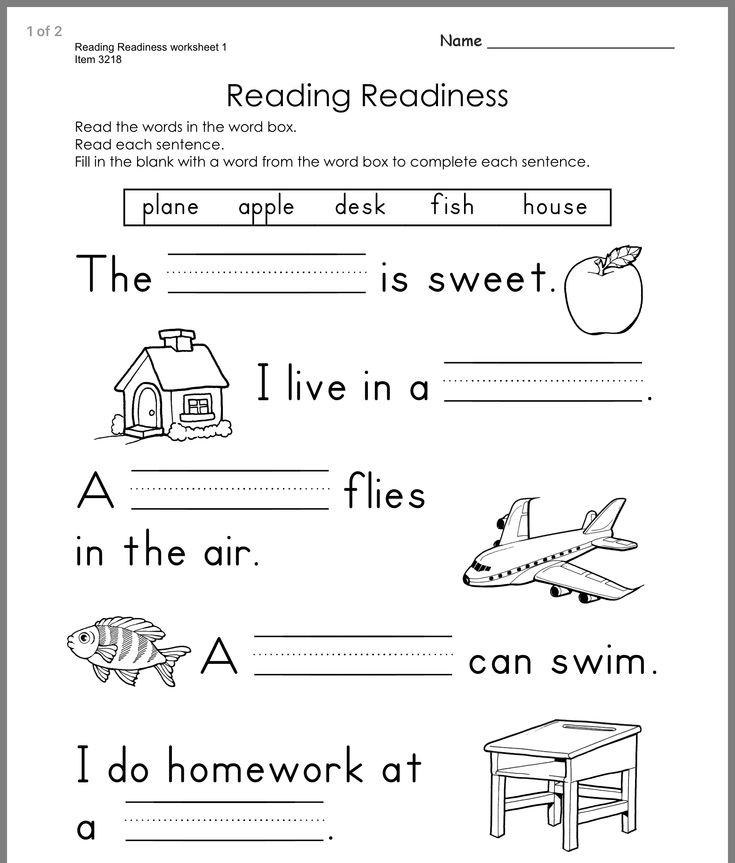
Didactic manual for teaching reading "Magic Windows"
At the stage of learning to read syllables, it is useful to use such a device. Making this educational game is not an easy task. But all preschoolers like to play with "windows", and you will not regret taking the time to make this manual. nine0268 You will need:
2 sheets of white or colored card stock;
sketchbook;
ruler;
simple pencil;
colored pencils or markers;
scissors, glue.
Make a markup on one sheet of cardboard: lay the sheet horizontally, divide it into 2 equal parts with a vertical line, mark windows at the same level in each half, observing the same indentation from the edges and from the middle line. Cut out the windows with scissors. On the reverse side, glue a cap from the second sheet of cardboard. Apply glue only along the middle line, along the right and left edges. nine0268 Open the album in the middle, open the staples and pull out the double sheet of paper.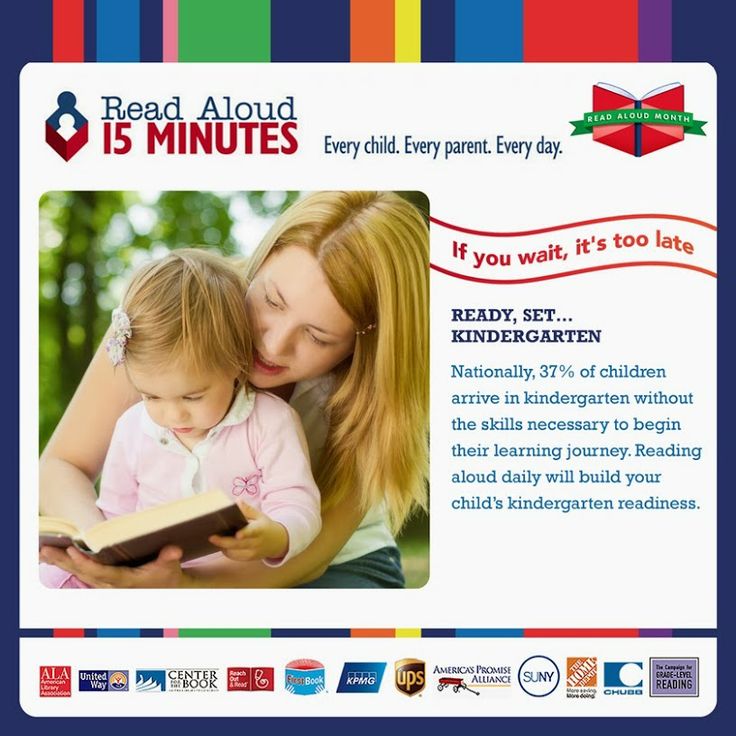 Cut it in half lengthwise so that you get two identical strips. Mark each strip along its entire length: draw rectangles with a width corresponding to the height of the window in the part made of cardboard earlier. On one strip, write the vowels A, O, U, Y, I, E, E, I, Yu, E (one letter in each rectangle). On the second strip, write the consonants M, P, N, K, C, C, T, B, D, G, 3, F (also one letter in each rectangle). nine0268 Insert the strips into the cardboard frame: the vowel strip on the right, the consonant strip on the left.
Cut it in half lengthwise so that you get two identical strips. Mark each strip along its entire length: draw rectangles with a width corresponding to the height of the window in the part made of cardboard earlier. On one strip, write the vowels A, O, U, Y, I, E, E, I, Yu, E (one letter in each rectangle). On the second strip, write the consonants M, P, N, K, C, C, T, B, D, G, 3, F (also one letter in each rectangle). nine0268 Insert the strips into the cardboard frame: the vowel strip on the right, the consonant strip on the left.
Now set any consonant letter in the left window, and move the right bar so that vowels appear in turn in the right window. Let the child read the resulting syllables. For example: MA - MO - MU - WE - MI - ME - MY - MY - MU - ME. Move the bar on the left to make a new consonant appear, move the right bar again, inviting the child to read new syllables. nine0268 Next time, leave the vowel you chose unchanged, and change the consonant by moving the left bar in the boxes.